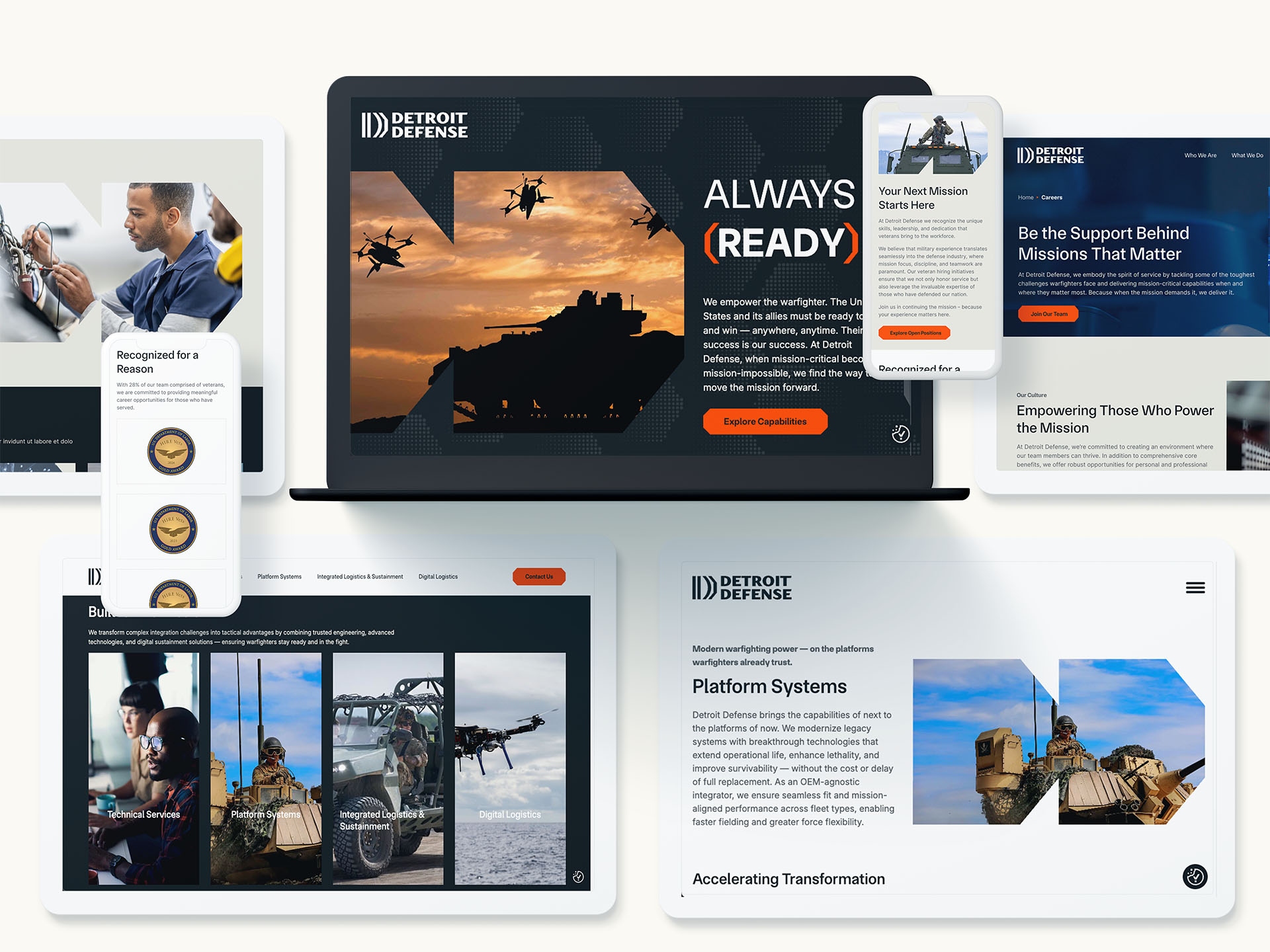Finding the right Drupal development agency is critical to building a website that not only looks great but performs seamlessly. A strong Drupal partner ensures your site is scalable, secure, and tailored to your business needs. Choosing the right agency impacts everything from custom module development to user experience and long-term support, making the difference between a website that succeeds and one that falls short.
Why Choosing the Right Drupal Agency Matters
Working with an inexperienced Drupal development company can lead to delays, poor architecture, security vulnerabilities, and a site that’s difficult to maintain. On the other hand, an experienced agency brings deep expertise in custom modules, integrations, and UX design, ensuring your site is reliable, scalable, and aligned with your business goals.
Key Takeaways:
- Expert Drupal development agencies increase site performance and maintainability.
- Strong branding and functional alignment reduce long-term risks.
- Specialized knowledge supports integration with third-party tools and systems.
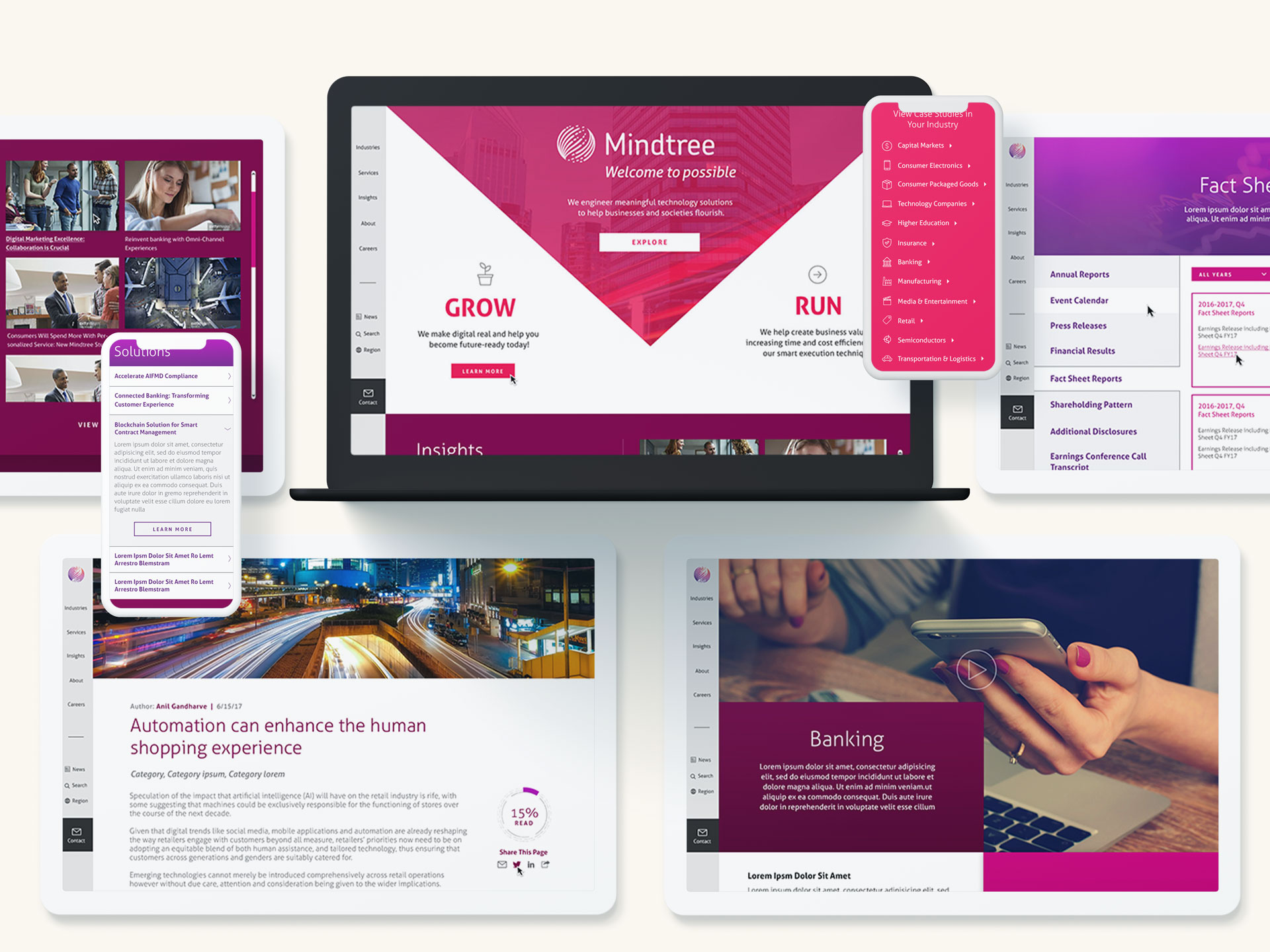
Key Capabilities to Look For
Custom Module Development
Custom modules extend Drupal’s capabilities to meet unique business requirements. Look for agencies with a proven track record in building modules that enhance workflow, automate processes, and integrate seamlessly with other platforms.
Drupal Architecture & Scalability
A site built on solid Drupal architecture ensures your platform can grow with your business. Evaluate agencies on their experience designing scalable, flexible, and maintainable solutions.
UX & Design Expertise
A visually appealing, intuitive website keeps visitors engaged. Agencies with strong UX and design skills create experiences that are accessible, responsive, and aligned with your brand identity.
Security & Compliance
Drupal security is critical for protecting user data and meeting industry standards. Agencies should demonstrate knowledge of best practices, secure coding, and regulatory compliance.

Assessing Agency Experience and Track Record
Before selecting a Drupal development company, review portfolios and case studies to gauge relevant industry experience. Client testimonials and long-term partnerships provide additional insight into reliability and project success. Agencies that demonstrate repeated success with similar projects are more likely to deliver predictable outcomes.
Ongoing Support and Maintenance
Websites require ongoing care, even after launch. Your Drupal partner should offer continuous updates, module maintenance, and performance monitoring. Reliable support ensures your site stays secure, fast, and adaptable as your business evolves.
Evaluating Communication and Collaboration
Effective communication is essential to project success. Agencies should provide clear timelines, regular updates, and agile collaboration. Choosing a partner who is transparent and proactive reduces misunderstandings and ensures your project stays on track.
Cost Considerations and Value Assessment
Pricing models vary between hourly rates and fixed project costs. At Bluetext, we don’t bill by the hour, so clients receive unlimited time and revisions on all deliverables. While cost matters, it’s equally important to consider long-term value, including scalability, performance, and reduced maintenance needs. Partnering with a higher-quality Drupal agency can save time, money, and stress over the life of your site.
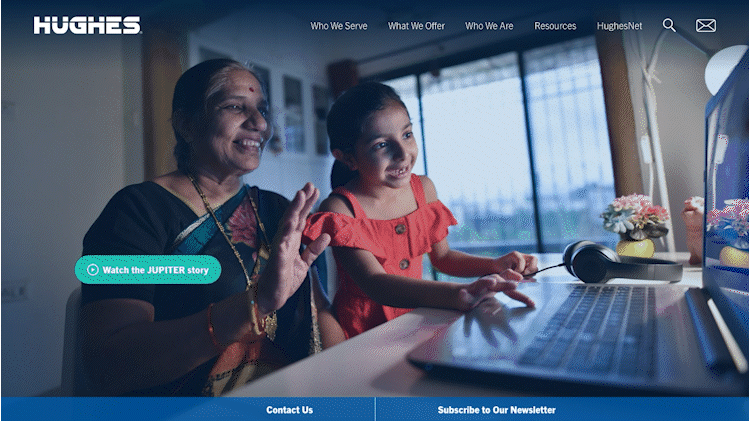
Next Steps for Your Drupal Project
Selecting the right Drupal development company ensures your website is secure, scalable, and aligned with your business goals. Take time to evaluate capabilities, portfolio, communication style, and long-term support offerings. Contact Bluetext to discuss your Drupal development needs and find the right partner for your business.
Preparing your brand for a buyout or acquisition isn’t just a nice-to-have—it’s essential for maximizing valuation, attracting the right buyers, and ensuring a smooth post-acquisition integration. Companies with strong, clear, and consistent branding are more likely to stand out during due diligence, command higher valuations, and retain customers and employees during the transition. By taking strategic steps to strengthen your brand, you set your company up for both financial and operational success.
Understand the Role of Brand in Acquisitions
Buyers don’t just acquire products, services, or market share—they acquire your brand. A strong brand signals credibility, reliability, and market differentiation, which are key factors in valuation. Tangible assets like logos, websites, and collateral matter, but intangible assets—like reputation, thought leadership, and customer trust—often carry even more weight.
Key Takeaways:
- A well-positioned brand can increase perceived company value.
- Strong branding reduces risk perception for buyers.
- Intangible assets are often as critical as tangible ones in valuation.
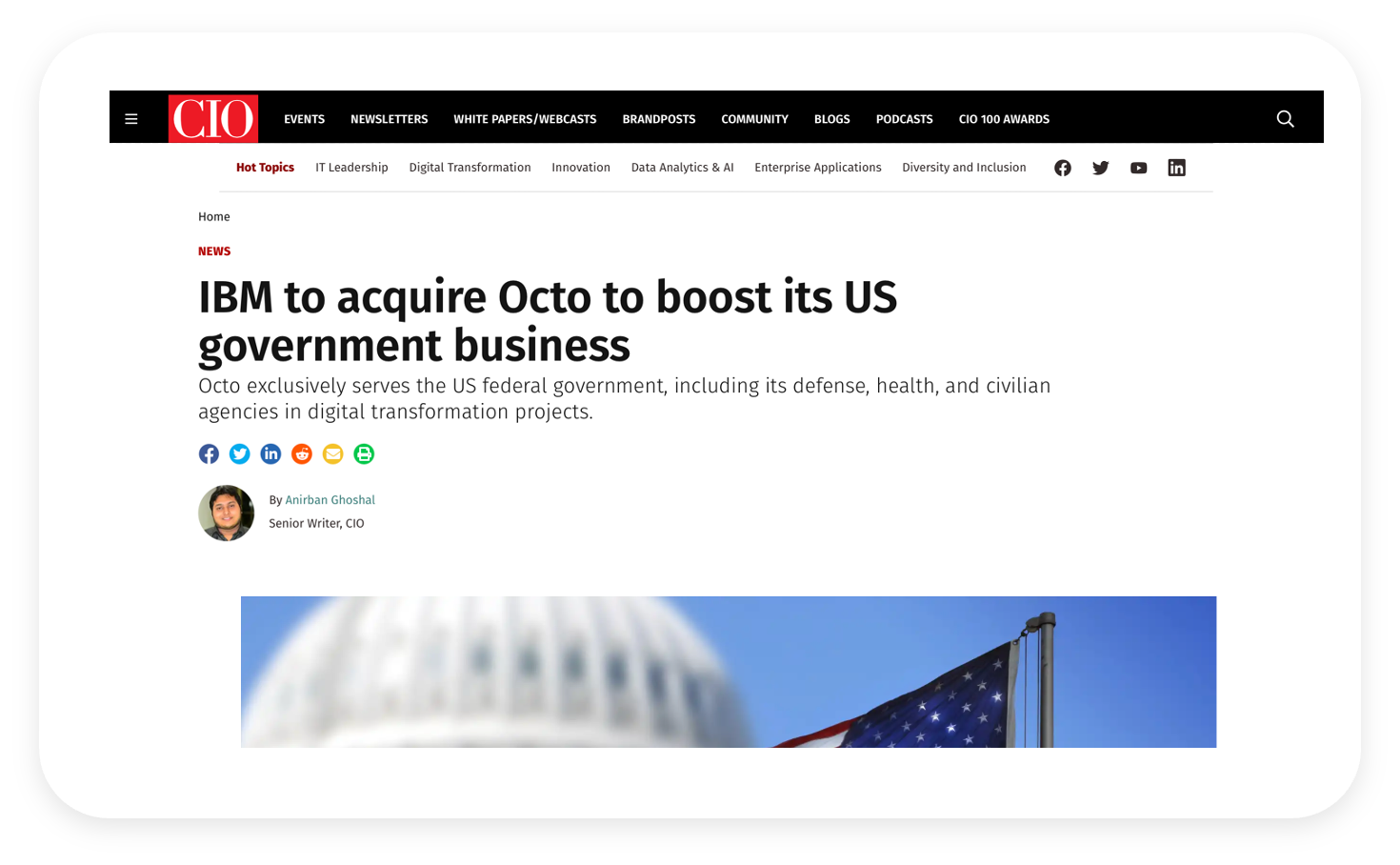
Audit Your Current Brand Positioning
A comprehensive brand audit is the first step in preparing for a sale. Evaluate your visual identity, messaging, digital presence, and market perception. Use analytics, surveys, and competitor benchmarking to uncover strengths and gaps. The goal is to ensure your brand communicates value clearly and resonates with potential buyers.
Action Steps:
- Review logos, color schemes, and visual design for modern appeal.
- Analyze messaging consistency across website, social media, and collateral.
- Benchmark against competitors to identify opportunities for differentiation.
Strengthen Brand Messaging and Identity
Clear, consistent messaging and a modern visual identity are crucial for attracting suitors. Define your value proposition and differentiate your company from competitors. Ensure messaging is consistent across websites, social media, presentations, and sales collateral. A strong, cohesive brand identity helps potential buyers quickly understand your company’s strengths, vision, and market potential.
Tips for Messaging Success:
- Highlight what makes your company unique.
- Use language that resonates with target buyers.
- Maintain consistency across all brand touchpoints.
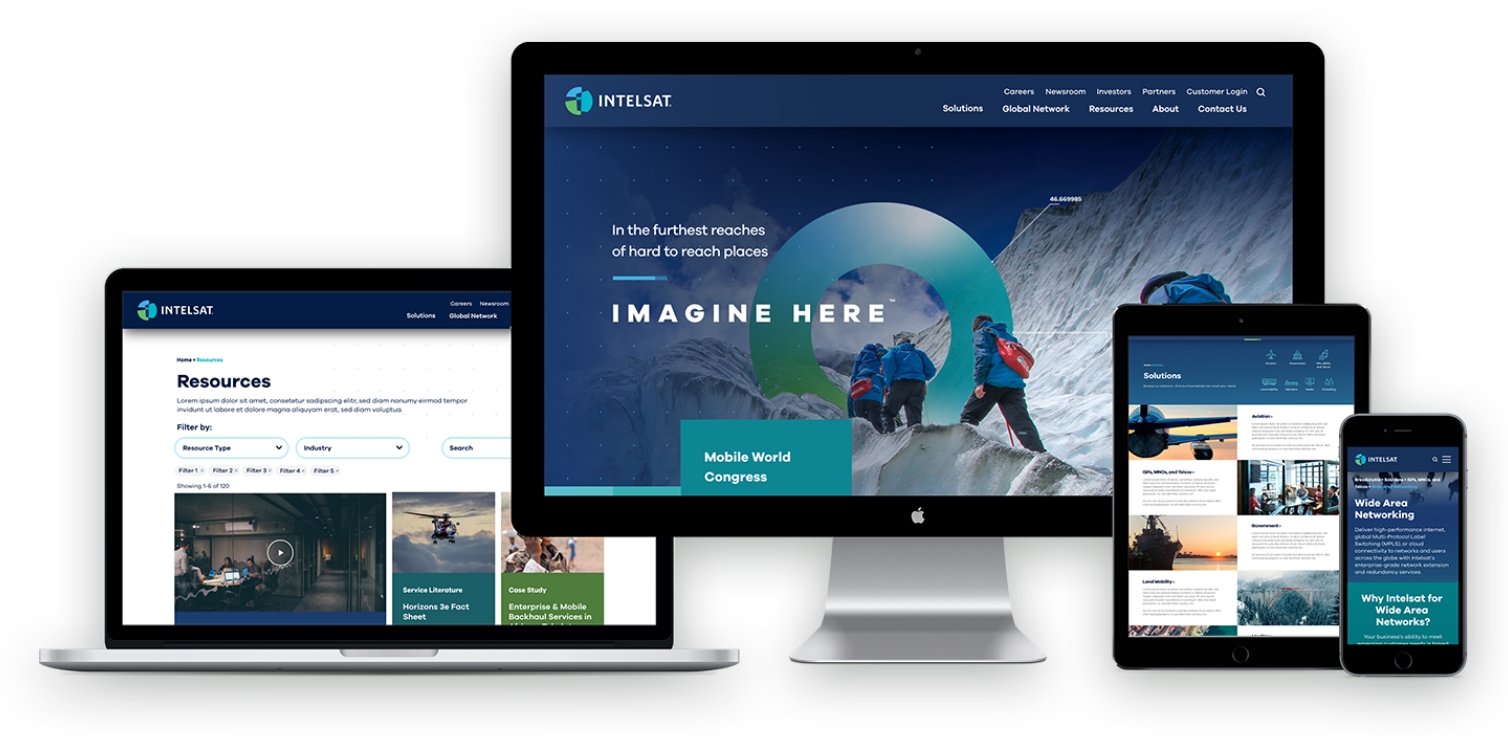
Enhance Digital Presence and Visibility
Digital credibility is a major factor in acquisition decisions. Optimize your website and social channels to reflect professionalism and thought leadership. Highlight customer success stories, industry recognition, and relevant content that demonstrates market authority. Maintaining an active, SEO-optimized digital presence increases your brand’s visibility and perceived value to prospective buyers.
Digital Strategies:
- Update and optimize website content for clarity and SEO.
- Promote thought leadership through blogs, articles, and social media.
- Showcase client success stories and industry recognition.
Prepare Brand for Integration Post-Acquisition
Post-acquisition integration is smoother when your brand aligns with the acquiring company’s culture and strategy. Maintain clear messaging and visual consistency to retain customer and employee trust. Provide guidance for stakeholders to understand brand evolution, ensuring a seamless transition while protecting the equity you’ve built.
Integration Considerations:
- Develop unified messaging for internal and external audiences.
- Align visual identity with the acquiring company where appropriate.
- Communicate changes clearly to employees and customers.
Case Examples & Best Practices
BlueHalo (formerly AEgis Technologies)
Bluetext partnered with AEgis Technologies to rebrand the company as BlueHalo, positioning it as a leader in defense and aerospace. The rebrand included a refreshed visual identity, modern messaging, and a polished digital presence that clearly communicated market differentiation. This strategic transformation played a critical role in attracting suitors and ultimately supported BlueHalo’s acquisition by AeroVironment for $4.1 billion.
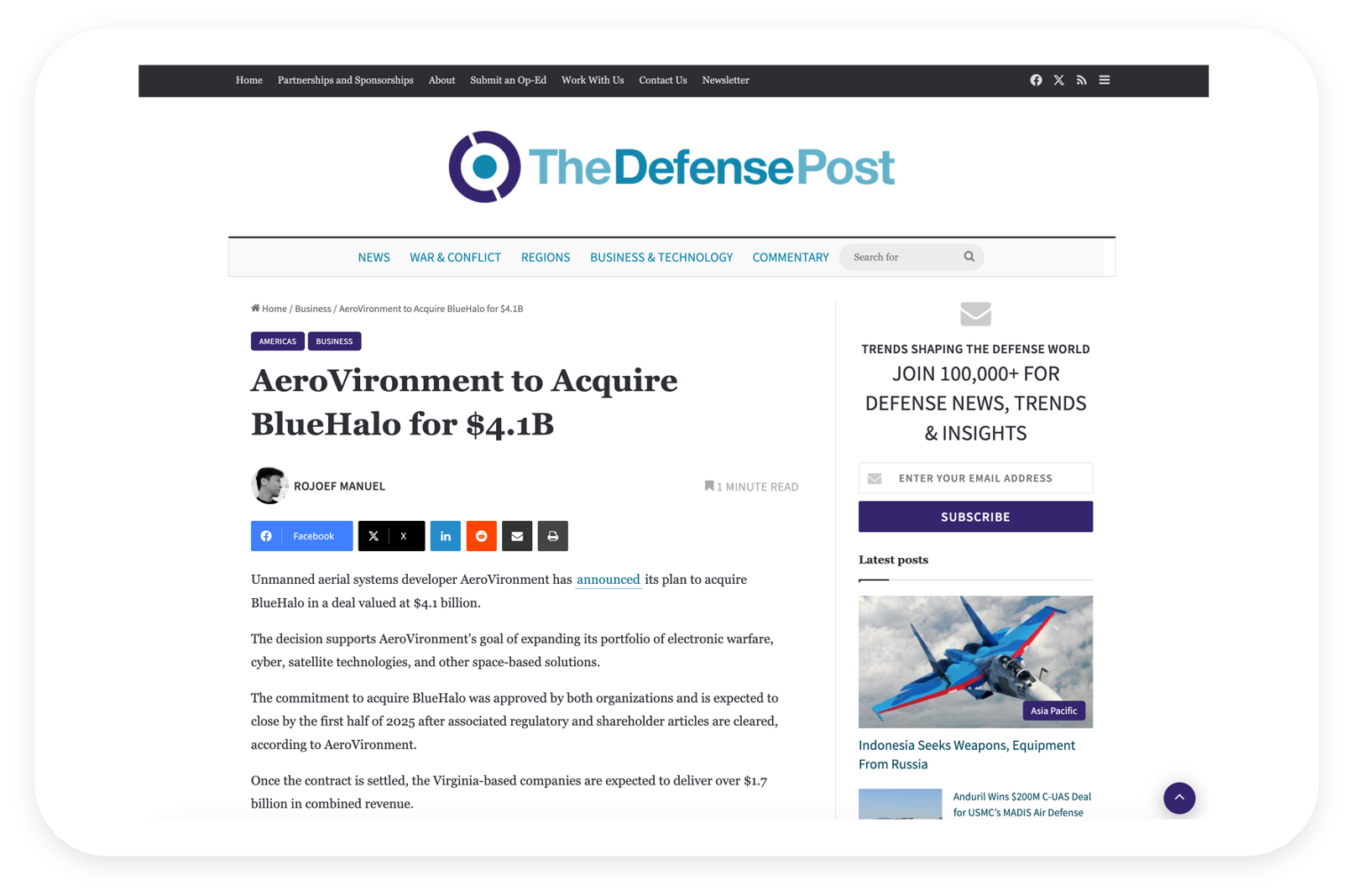
Quest Software
For Quest Software, Bluetext helped refine branding to emphasize product strengths, customer value, and market leadership. Through cohesive messaging, an updated visual identity, and enhanced digital assets, Quest presented itself as a compelling acquisition target. In November 2021, private‑equity firm Clearlake Capital acquired Quest from Francisco Partners in a deal reportedly worth $5.4 billion. The strengthened brand helped facilitate a successful sale and set the stage for smoother integration after acquisition.

Next Steps for Your Brand
Preparing your brand for a buyout or acquisition is about maximizing value, attracting the right buyers, and protecting your company’s legacy during transition. Conduct audits, refine messaging, optimize digital presence, and plan for post-acquisition alignment to strengthen your market position. Contact Bluetext to ensure your brand is fully prepared for a successful buyout or acquisition.
In today’s competitive procurement landscape, first impressions online matter more than ever. Agency evaluators rarely rely solely on in-person meetings or phone calls—they start their research online. From visiting your website to downloading PDFs or Googling your name, buyers are evaluating your credibility, expertise, and relevance before they ever pick up the phone.
Understanding what evaluators are really looking for—and optimizing every touchpoint—can make the difference between being shortlisted or overlooked. This blog explores how to align your digital presence with buyer expectations and build trust at every stage of the procurement process.
Why Your Online Presence is Critical for Procurement
Procurement evaluators rely heavily on digital research to save time and validate potential vendors. Your website, online profiles, and downloadable content are often their first exposure to your organization. A polished, informative, and credible digital presence can establish trust immediately. Conversely, outdated information, missing details, or poor navigation can raise red flags and push buyers toward competitors.
The key is ensuring that every online interaction answers a buyer’s questions efficiently and reinforces your organization’s professionalism and expertise.
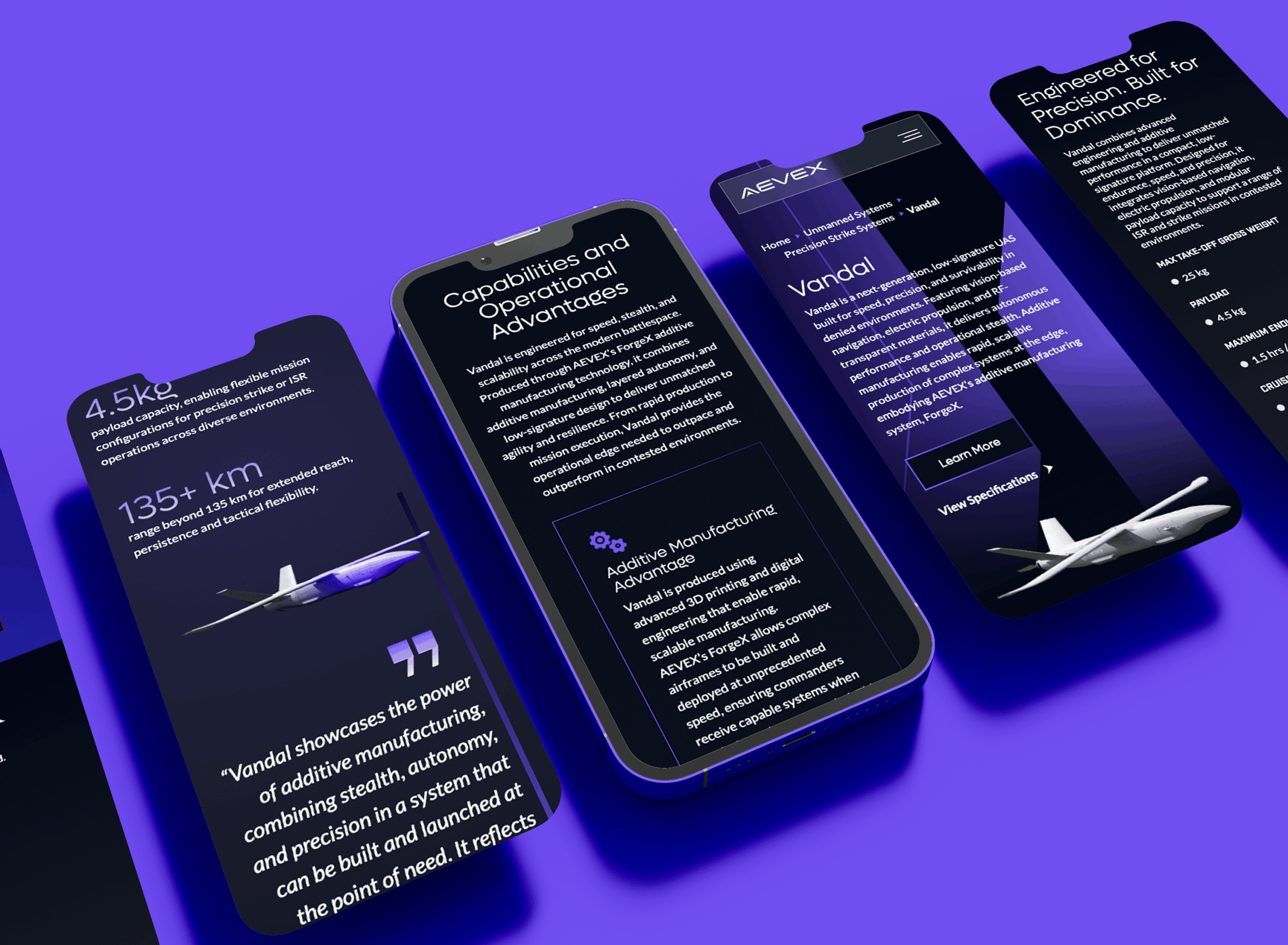
What Buyers Check First: Websites and Online Profiles
When evaluators visit your site or online profiles, they’re looking for clarity, credibility, and relevance. Some of the top elements they notice include:
- Clear messaging: What you do, who you serve, and why it matters should be immediately obvious.
- Client examples and case studies: Demonstrates experience and past success.
- Certifications and awards: Signals trustworthiness and compliance.
- Navigation and structure: Information should be easy to find without frustration.
Missing or inconsistent information can quickly erode confidence. A well-structured website gives evaluators the reassurance they need to continue engagement.
Downloadable Content: PDFs, Case Studies, and Whitepapers
Many evaluators download PDFs, whitepapers, and case studies as part of their research. These materials should provide concise, actionable insights into your capabilities. Key considerations include:
- Clarity: Avoid jargon and keep content focused on what matters to the buyer.
- Visual appeal: Use graphics, charts, and formatting that make content easy to scan.
- Results-focused: Highlight measurable outcomes and past successes.
Strong downloadable content helps buyers make informed decisions quickly and reinforces your credibility. Weak or overly complex documents, on the other hand, can be a barrier to engagement.
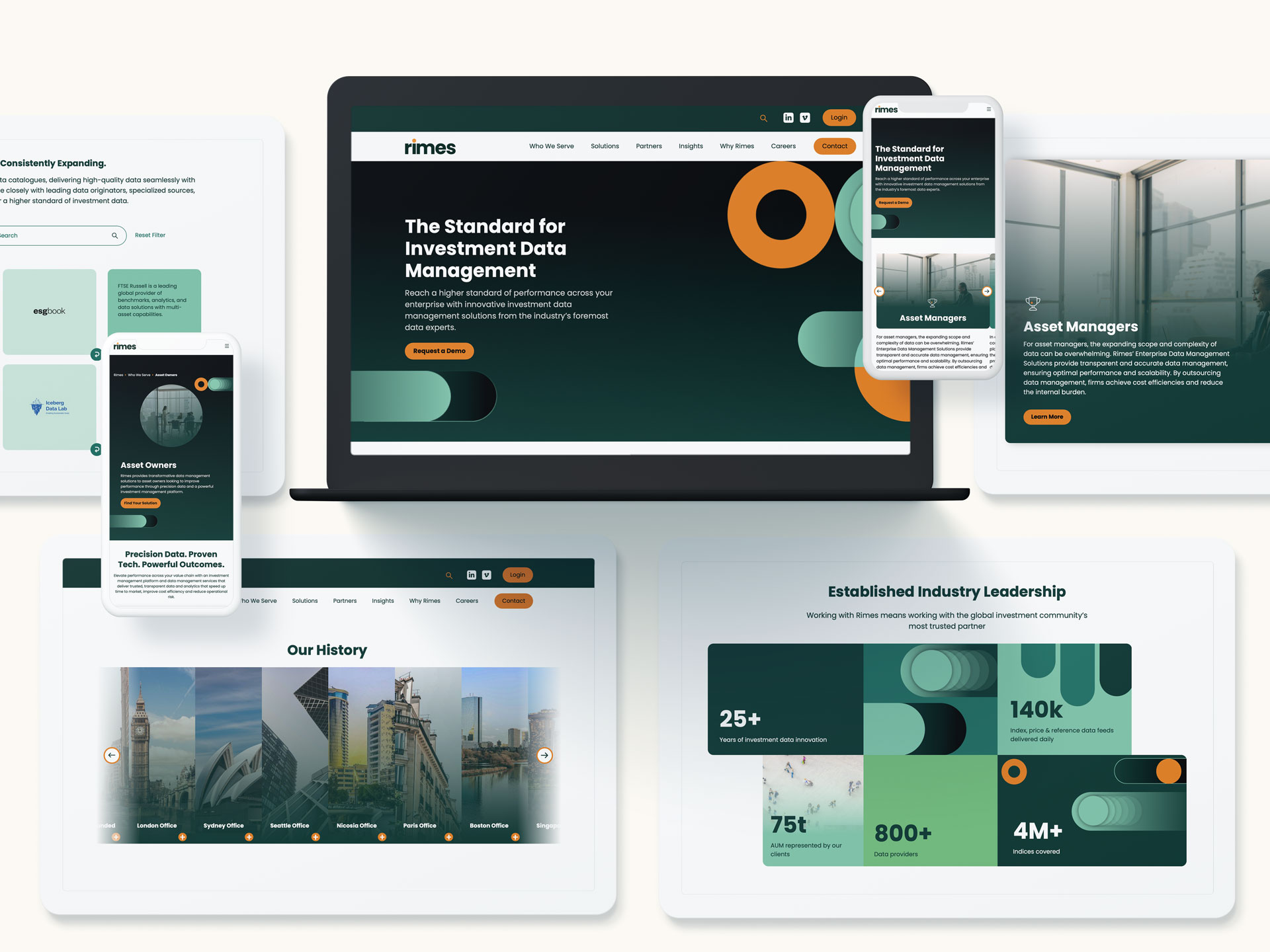
Search Behavior: Googling Your Name and Brand
Evaluators often research your brand and key leaders online. They look for thought leadership, news mentions, and industry recognition to gauge expertise and reputation. This makes SEO, AEO (Answer Engine Optimization), online reviews, and consistent branding more important than ever.
Common pitfalls include outdated press releases, missing leadership bios, or inconsistent messaging across channels. Maintaining accurate, accessible, and positive online visibility ensures evaluators find credible and relevant information when they search for you.
Evaluators’ Key Priorities in the Procurement Journey
Procurement teams generally focus on four main priorities during their online research:
- Trustworthiness: Can they rely on you to deliver on promises?
- Evidence of expertise: Do you have the experience and capability to meet their needs?
- Ease of access to information: Can they quickly find answers to critical questions?
- Alignment with their goals: Do your solutions or services match their agency or organizational priorities?
Aligning your digital presence with these priorities ensures evaluators can confidently move forward with your organization.
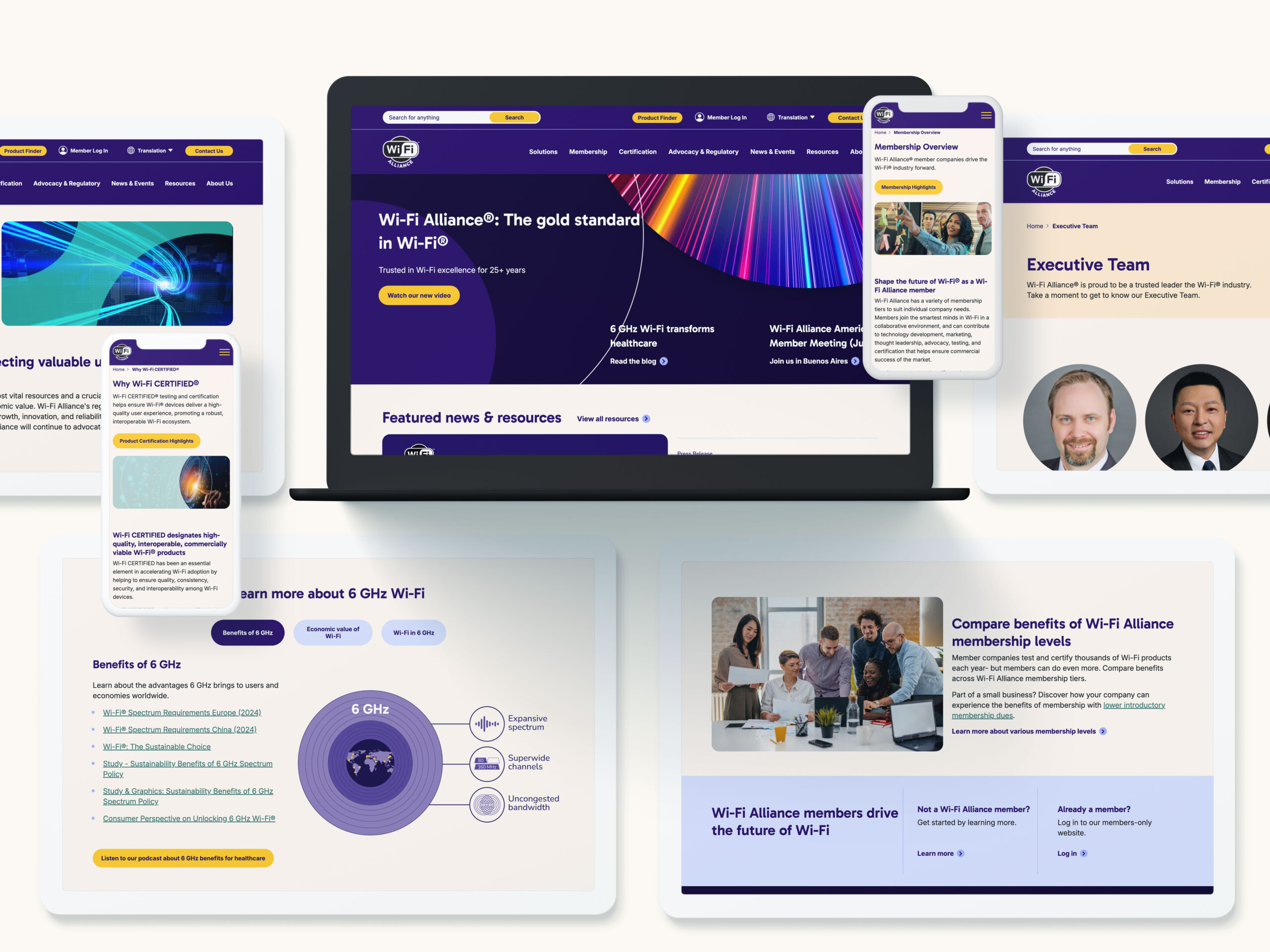
Aligning Your Digital Experience With Buyer Expectations
To meet buyer expectations, organizations should:
- Audit websites regularly: Ensure messaging, client examples, and leadership bios are current.
- Optimize downloadable content: Keep PDFs concise, visually clear, and results-focused.
- Invest in SEO and thought leadership: Ensure your organization appears authoritative in search results.
- Maintain consistent branding: Across websites, social media, and online documents.
By proactively optimizing every touchpoint, you reduce friction in the procurement process and increase your chances of being shortlisted.
Final Takeaway
Every online interaction shapes a buyer’s perception and influences procurement decisions. By understanding what evaluators look for—websites, downloadable content, and search visibility—you can create a digital presence that builds trust and drives engagement.
Ready to strengthen your procurement-focused digital presence? Contact Bluetext to ensure your website, content, and online profiles meet buyer expectations and set your organization apart in competitive evaluations.
In account-based marketing (ABM), identifying the right accounts is just the first step. Many organizations invest heavily in ABM programs but struggle to measure their impact across the full buyer journey. From early intent signals to closed-won revenue, tracking the right analytics is key to understanding which accounts are truly engaging—and which campaigns actually influence deals.
Modern ABM analytics now make it possible to connect intent with pipeline, giving marketers and sales teams the insights they need to make smarter decisions. In this post, we’ll explore how to track intent from first touch to close, and why deeper-funnel metrics are essential for accurate attribution.
Why Intent Data Is the Starting Point for Accurate ABM Attribution
Intent data reveals which accounts are actively researching topics relevant to your business. This includes signals like search activity, content downloads, website visits, and social engagement. By capturing these early signals, marketing teams can identify high-potential accounts, validate ideal customer profiles (ICPs), and prioritize efforts.
But intent data is only valuable if it connects to pipeline outcomes. When early-stage insights feed into CRM and ABM platforms, sales and marketing can act quickly, engaging accounts with personalized content and timely outreach. This alignment ensures that intent signals translate into measurable revenue impact rather than just surface-level engagement.
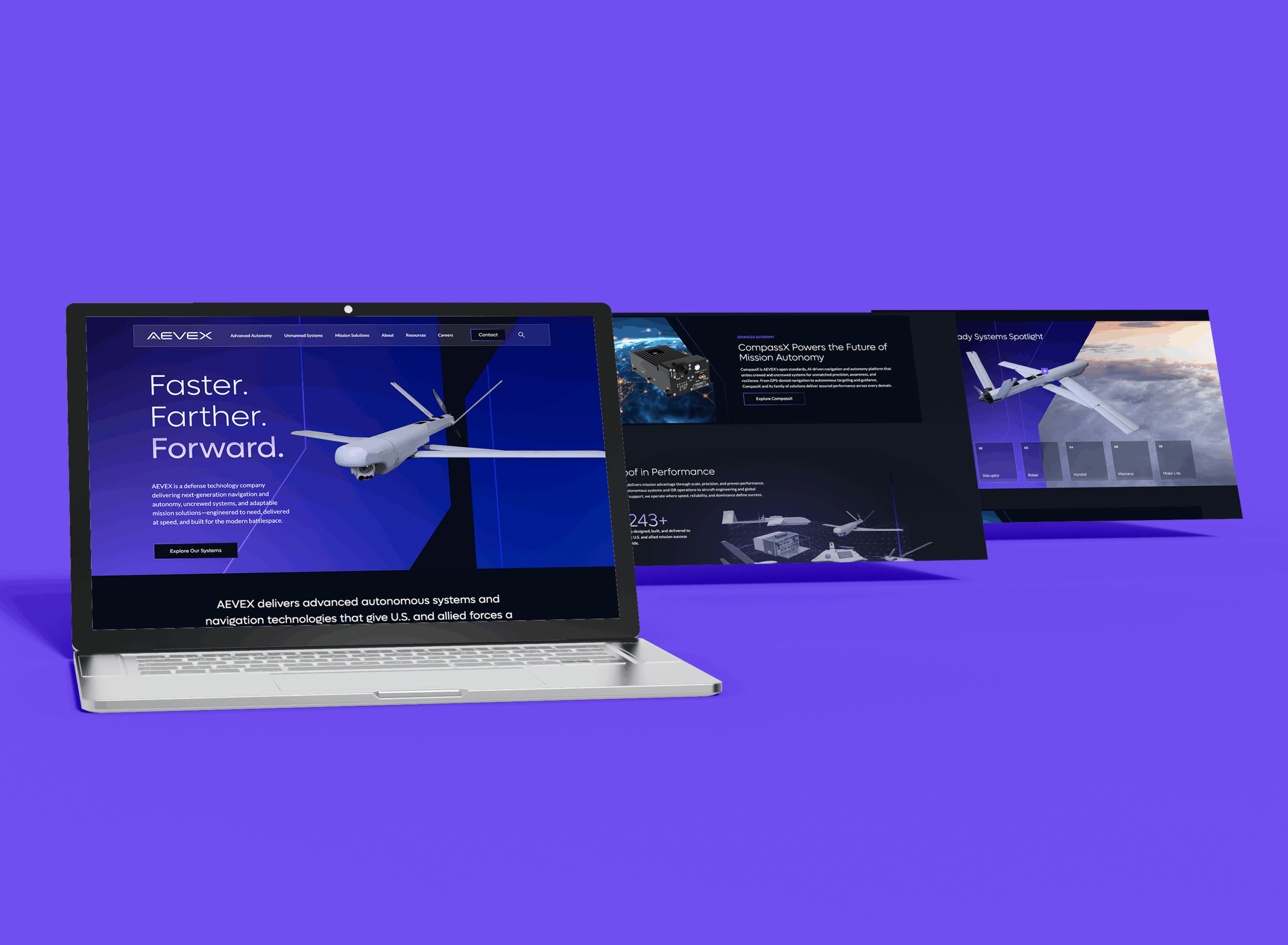
Mapping Intent Across the Full Funnel
The power of ABM analytics comes from connecting early intent with mid- and late-funnel activity. Once a target account shows intent, you can track their engagement with nurture campaigns, demos, sales meetings, and buying committee interactions.
Journey analytics tools help visualize account movement, revealing which signals correlate with progression through the funnel. Closing intent gaps requires consistent data capture, standardized engagement scoring, and collaboration between marketing and sales. When teams share a single view of high-intent behavior, outreach becomes both timely and relevant, shortening sales cycles and improving conversion rates.
The ABM Metrics That Actually Matter for Revenue Leaders
Not all ABM metrics are created equal. Rather than focusing on impressions or clicks, revenue-driven organizations track metrics tied to real outcomes. Key metrics include:
- Account engagement score: A composite measure of interactions across channels.
- Buying committee participation: How many decision-makers are actively engaged.
- Pipeline influence: Contribution of ABM campaigns to opportunities and revenue.
- Sales velocity and conversion by tier: How quickly accounts move through the funnel and where interventions are most effective.
Focusing on these metrics gives leaders a clear picture of ABM’s ROI, allowing teams to optimize campaigns and resource allocation.

Turning Analytics Into Attribution
ABM attribution is complex due to multiple stakeholders and long sales cycles. Single-touch attribution rarely reflects reality, while multi-touch models show which plays actually move deals.
Deeper-funnel metrics reveal insights like which content accelerates early-stage deals or which channels engage the buying committee most effectively. Real-time dashboards enable continuous optimization, helping marketing teams double down on what works and pivot away from low-impact activities.
Building a Connected Tech Stack
Tracking intent from first touch to close requires a connected technology stack. Essential tools include:
- CRM platforms for account tracking and sales visibility.
- Marketing automation platforms (MAPs) to orchestrate campaigns.
- ABM platforms for account segmentation, intent scoring, and orchestration.
- Predictive analytics and intent software for early-stage insights.
Integrations between these systems allow data to flow seamlessly, giving teams unified reporting and complete visibility into the account journey. Clean, standardized data is essential for accurate measurement and actionable insights.
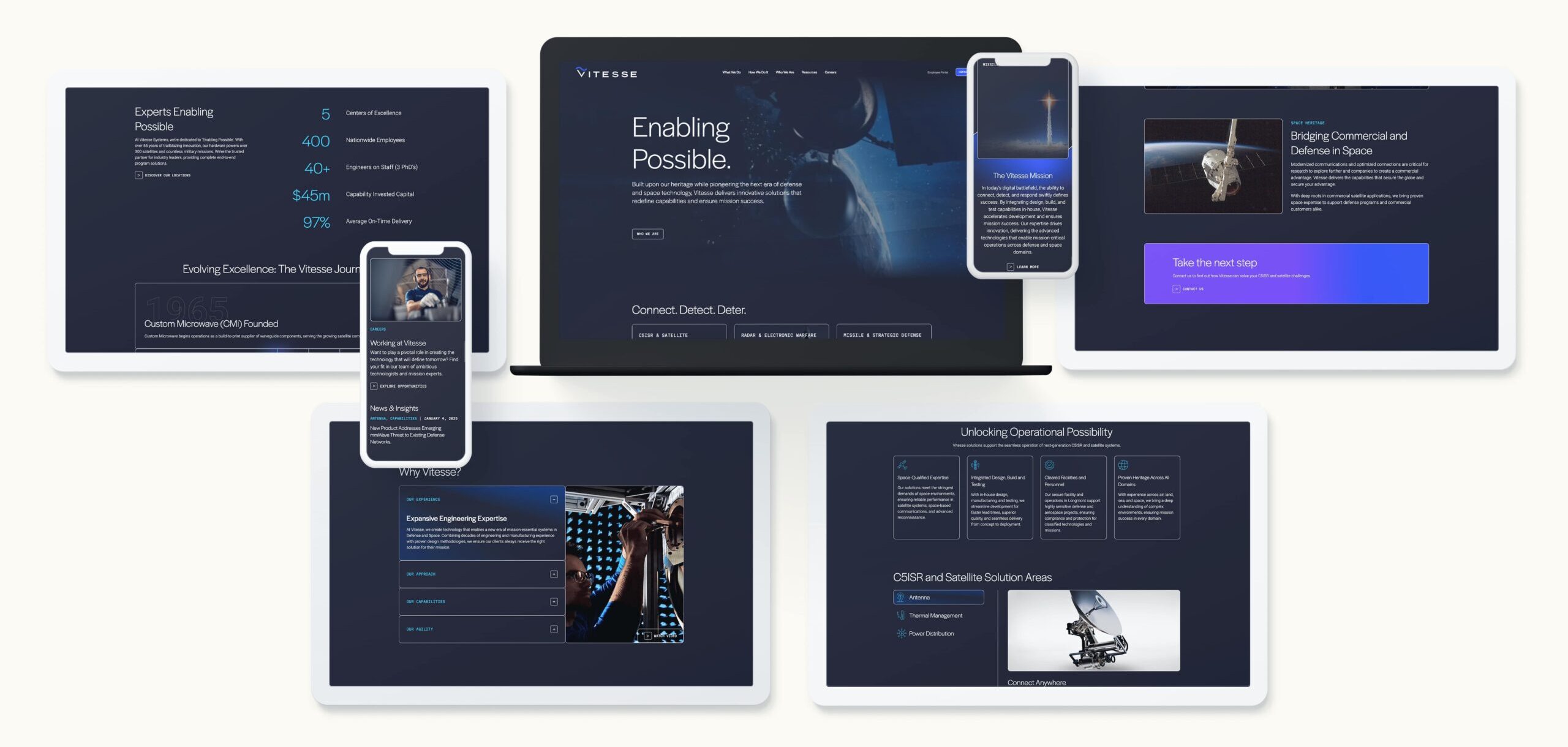
Operationalizing ABM Analytics Across Your Team
Analytics are only useful if teams act on them. Embed insights into weekly revenue meetings, account strategy sessions, and pipeline reviews. Enable sales teams with content and messaging recommendations based on intent data.
Alignment is critical: shared KPIs, dashboards, and SLAs ensure that marketing and sales are accountable for closed-won revenue, not just early-stage metrics. This coordinated approach drives consistent growth and makes ABM a measurable revenue engine.
Better ABM Analytics Lead to Smarter Growth Decisions
When intent is tracked and analyzed across the full funnel, marketers and sales teams can make smarter decisions that directly impact revenue. Connected systems, shared definitions, and revenue-first measurement help organizations identify opportunities faster, engage accounts effectively, and optimize campaigns for measurable impact.
Ready to improve your ABM analytics and drive pipeline growth? Contact Bluetext to discover how we help companies connect intent data to revenue and create full-funnel, account-based marketing strategies that work.
For years, AI tools lived behind the scenes—powering analytics platforms, optimizing ads, and quietly improving operational efficiency. Today, that dynamic has changed. Modern AI has stepped directly into the creative process, giving marketers a new kind of collaborator: fast, tireless, endlessly iterative, and surprisingly insightful.
As content demands grow and campaign cycles tighten, many marketers are now treating AI like a creative intern. It helps spark ideas, draft early versions, and prototype visuals—while humans provide strategy, refinement, and the creative vision that brings everything together.
Why AI Works So Well as a “Creative Intern”
AI excels at producing ideas and content variations rapidly by recognizing patterns across millions of data points. It can spin up dozens of campaign angles, summarize complex topics, or propose creative directions in seconds. This speed removes early bottlenecks and frees marketers to focus on higher-value thinking.
AI is not a replacement for human creativity. It cannot intuit cultural nuance, brand voice, or strategic intent. When used as a supportive and exploratory partner, AI becomes a powerful extension of the creative team.
Jumpstarting Brainstorms With AI
The earliest phase of any campaign, finding the right idea, is often the hardest. AI can accelerate this process significantly. Marketers use it to surface themes, map audience needs, and generate thought starters across content types.
AI can produce headline lists, narrative frames, script angles, and unexpected conceptual twists. It provides volume and variety that helps teams explore a wider range of ideas before narrowing down to the strongest concepts. Using AI this way allows teams to reach alignment more efficiently.
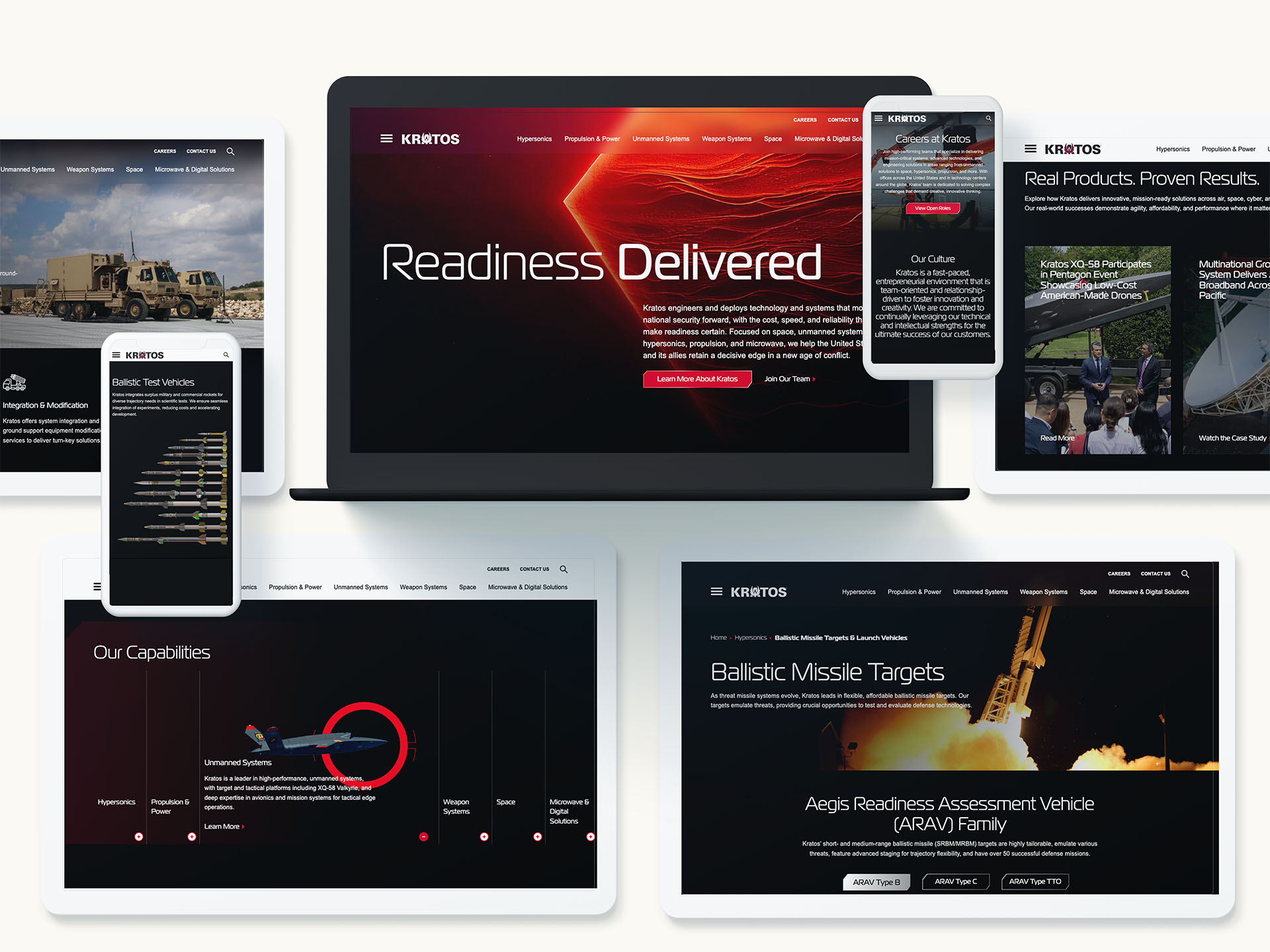
Drafting Content Quickly Without Sacrificing Brand Voice
AI is particularly effective at producing first drafts of marketing content, including blogs, emails, landing pages, and social posts. These drafts save time and make writing more efficient.
Human editors are still necessary to refine tone, ensure accuracy, and align messaging with the brand and audience. AI typically produces 60 to 70 percent of the work, and human craft brings it across the finish line. This combination increases content velocity while maintaining quality.
Visual Prototyping: From Ideas to Early Concepts in Minutes
Before committing to full creative development, teams often need to test concepts visually. AI image tools have become valuable for building quick prototypes, sketching layouts, exploring photography directions, experimenting with type styles, or imagining conceptual scenes.
These early mockups are not final deliverables. They serve as conversation starters that help creative directors, strategists, and clients visualize potential directions and iterate with confidence. AI enables teams to explore more directions in less time and with fewer constraints.
Where AI Adds Real Value and Where It Does Not
AI excels in tasks that require speed, iteration, and pattern-driven outputs. Idea generation, copy variations, exploratory visuals, and content repurposing all benefit from AI assistance.
However, AI should not replace decision-making in brand strategy, final creative production, or campaigns that involve sensitive topics. Human oversight is essential to maintain accuracy, originality, and brand integrity. The best results occur when AI supports human judgment instead of replacing it.
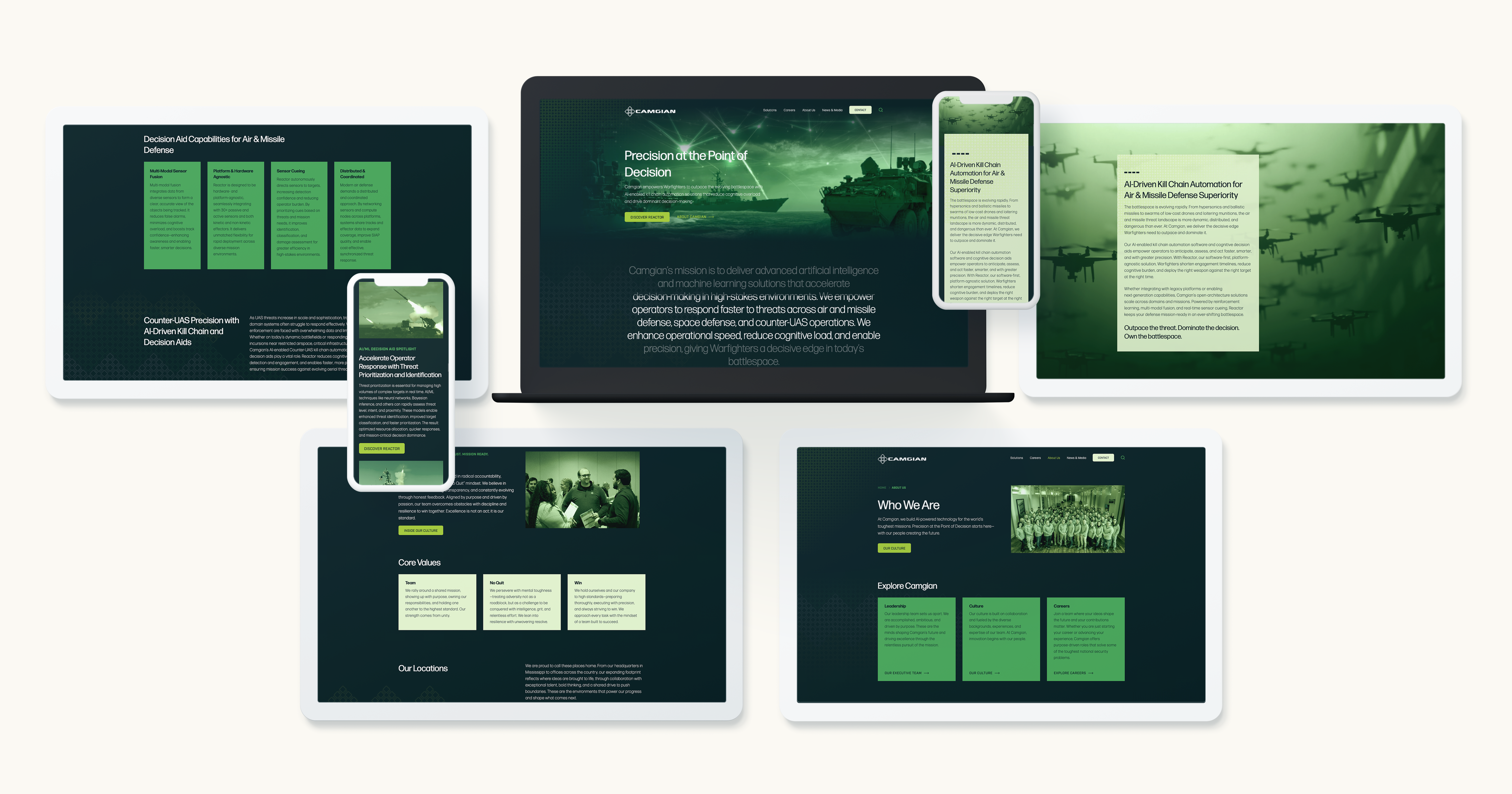
Operationalizing AI in the Creative Workflow
To consistently gain value from AI, marketers should develop deliberate processes, including reusable prompt libraries, role-based workflows, and clear review systems. Collaboration improves when strategists use AI for insight development, writers use it for first drafts, and designers use it for mood boards and prototypes.
The most successful teams treat AI as another member of the creative staff, one that requires direction, feedback, and quality oversight.
AI Elevates Human Creativity Without Replacing It
AI enables speed, scale, and exploration, but human creativity remains essential. Marketers bring cultural understanding, strategic clarity, and emotional intelligence, qualities AI cannot replicate. When AI handles repetitive and exploratory tasks, human creativity can focus on strategy, conceptual thinking, and final execution.
Teams that combine AI efficiency with human imagination are better positioned to produce smarter, faster, and more inventive content and campaigns.
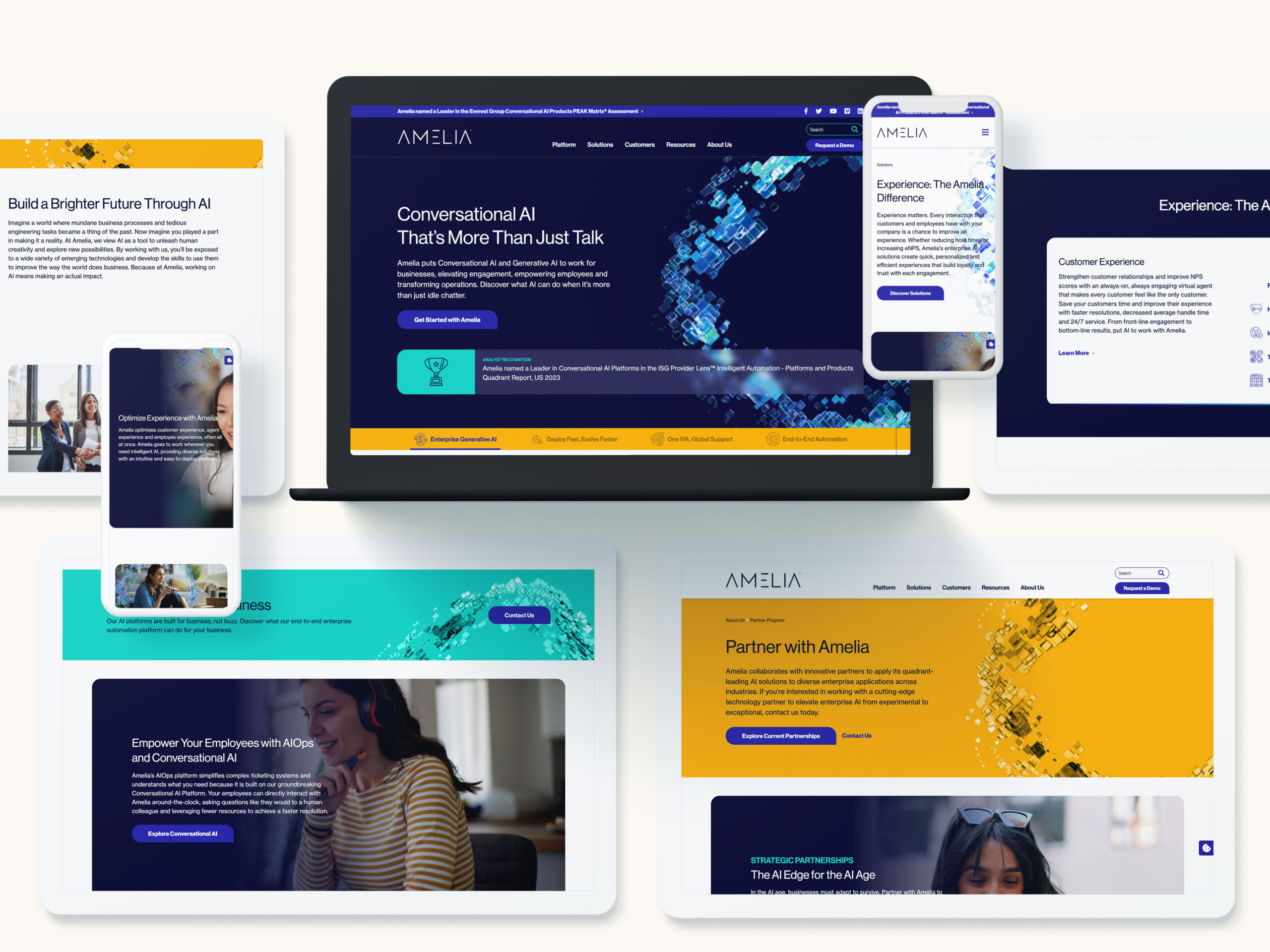
Ready to Integrate AI Into Your Creative Process?
Bluetext partners with brands to help them use AI responsibly and effectively across content development, creative workflows, and campaign execution. If your team is ready to work faster, smarter, and more creatively, we can help you get there.
For years, B2B marketing was shaped by slow, steady macro trends—industry shifts, technology cycles, and long-term buyer behavior. Today, the tempo has changed. Short-term cultural and consumer signals now ripple into the B2B world faster than ever. Even highly technical buyers are influenced by the same content formats, social patterns, and conversation cues shaping modern culture.
That’s why micro trends—those fast-moving signals across platforms, communities, and conversations—have become essential inputs for brand positioning and campaign strategy. Understanding these patterns gives marketing teams an early read on where buyer needs are heading and what will resonate next.
What “Micro Trends” Really Mean for B2B Marketers
A micro trend isn’t a passing meme or a one-day viral moment. It’s a concentrated shift in behavior or conversation that hints at a deeper need. In B2B, micro trends often surface in places like LinkedIn post formats, rising search terms, Slack community threads, analyst commentary, or conversations around emerging technologies.
For example, spikes in discussions around AI safety, cybersecurity trust, operational resilience, or sustainability certifications often predict shifts in how buyers evaluate solutions. Micro trends help marketers separate what’s noise from what’s quietly becoming a new expectation.
How Micro Trends Shape Stronger Brand Positioning
Brand positioning shouldn’t change every quarter—but it should stay responsive to what buyers care about. Micro trends offer an early signal of emerging priorities and give marketers data-backed reasons to refine how they articulate their value.
Sometimes this means elevating new proof points, emphasizing different product benefits, or reframing old capabilities for a new context. A company that once led with efficiency, for example, may find buyers responding more strongly to themes of risk mitigation, security, or long-term scalability if those topics are trending across conversations.
Small shifts in emphasis can create major advantages in relevance.

Using Micro Trends to Build More Agile Campaigns
Campaign agility isn’t about reacting to everything—it’s about acting quickly on the right things. Micro trends allow teams to spot opportunities for rapid activation: a new content angle, an emerging thought-leadership topic, or a timely explainer piece answering a question buyers suddenly care about.
Real-time signals also help marketers retire or update assets that no longer match the conversation. When done well, micro-trend-driven agility leads to better creative alignment, stronger engagement across channels, and smarter use of budget.
Where Micro Trends Come From: The Signals That Matter
B2B marketers can find meaningful micro trends across four key categories:
Platform Signals
Shifts in content style—like TikTok-inspired storytelling appearing on LinkedIn, or rapid-fire Q&A threads becoming popular—show how buyers prefer to learn, not just what they care about.
Search Signals
When question-based searches or problem-driven phrases spike, they offer clues about new pain points or emerging evaluation criteria.
Cultural Signals
Economic headlines, workforce sentiment, regulatory chatter, and industry debates all influence the tone buyers expect from brands.
Technology Signals
Founders promoting new ideas, sudden adoption of emerging tools, or new product categories gaining momentum can reshape messaging priorities.
In isolation, each signal is small. Together, they reveal what’s gaining traction—and what B2B brands should prepare for.
Testing and Scaling Micro-Trend Insights
Not every micro trend deserves a full campaign. Smart teams validate early insights with quick tests: message variations, gated vs. ungated content, LinkedIn polls, or targeted paid experiments.
When an idea consistently performs, it becomes a candidate for larger activation. Some micro insights evolve into evergreen thought-leadership platforms; others influence product messaging, SEO strategy, or brand storytelling. The key is building a lightweight testing engine that allows ideas to scale naturally.

Avoiding the Pitfalls of Trend-Chasing
Trend responsiveness can go wrong when teams confuse speed with strategy. Over-indexing on short-term signals can lead to fragmented messaging, inconsistent positioning, or campaigns that age too quickly. The antidote is a clear filter: Does this trend align with our brand? Does it solve a real customer need? Does it fit the direction of our category?
Micro trends should enhance brand focus—not dilute it.
Building a Trend-Responsive B2B Marketing Engine
Trend-driven marketing works best when supported by flexible systems: modular creative assets, cross-functional collaboration, real-time dashboards, and streamlined approval processes. When teams are equipped to move quickly, trend insights become a competitive advantage instead of a scramble.
The brands that excel are those that combine strategic discipline with the speed to act when it matters.
Why Micro Trends Lead to Better Outcomes
Micro trends reveal what buyers care about before it shows up in traditional research. They help brands stay modern, relevant, and differentiated in categories where messages often sound the same. When B2B organizations learn to read early signals, they’re better positioned to anticipate macro shifts—before those shifts reshape the market.
In a landscape where attention is scarce and expectations shift fast, micro-trend intelligence helps B2B marketers build stronger brands and smarter campaigns.
Ready to Turn Micro Trends Into Strategic Moves?
Bluetext helps leading B2B organizations translate emerging signals into clear, compelling brand and marketing strategies. If your team is ready to capture what’s coming next, we’re here to help.
In the fast-paced world of digital marketing, first impressions are formed in milliseconds. These split-second judgments often determine whether a visitor stays on your site, explores your services, or leaves. People decide emotionally first and rationally second. That is why thoughtful design, including colors, shapes, and layout, is more than decoration. It is strategic.
Designing with emotion means intentionally crafting visual experiences that build trust, guide perception, and create urgency. When done well, it can subtly influence buyer behavior and move prospects from curiosity to conversion. Let’s explore how colors, curves, and layout psychology help brands connect, convince, and close deals.
The Psychology of First Impressions
Research shows users form opinions about a website in under a second. That first glance tells them if a brand is credible, professional, and worth their time. These impressions are emotional as much as they are visual.
Visual cues like color, contrast, and spacing communicate confidence, clarity, and competence. In B2B, where decisions are complex and high-stakes, a website that evokes trust and clarity can make the difference between a lost lead and a signed contract.
Design that resonates emotionally does more than look good. It persuades.
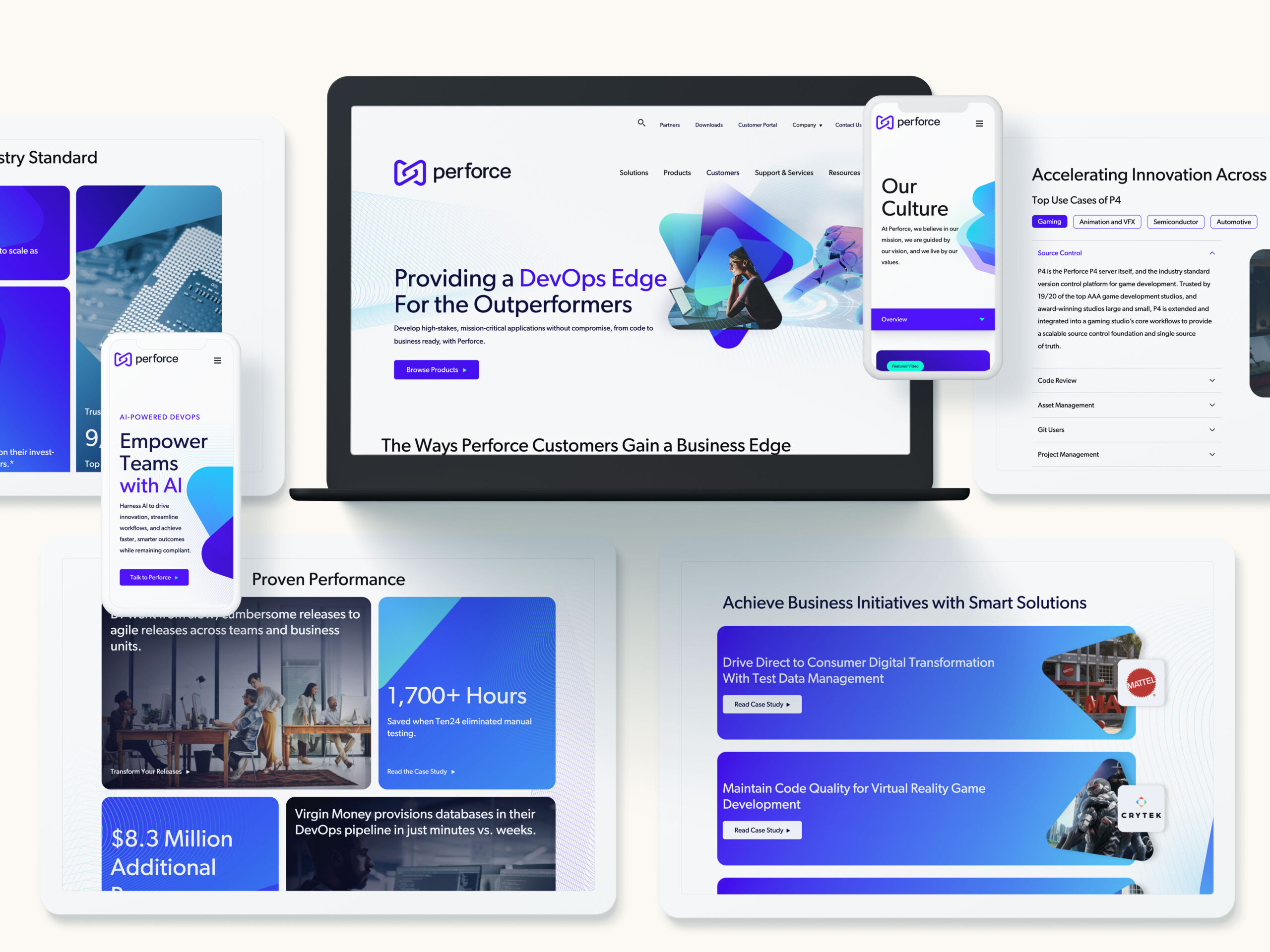
The Language of Color: Building Trust, Urgency, and Desire
Colors carry psychological associations that influence perception.
- Blue signals trust, stability, and professionalism. It works well for finance, tech, and telecommunications.
- Red creates urgency and draws attention, making it ideal for calls to action or limited-time offers.
- Green conveys growth, balance, and reliability. It is often used by sustainability-focused brands or B2B tech companies.
It is not just the choice of color, but how it is used. Contrast, saturation, and balance guide the eye and reinforce hierarchy. Choosing colors that align with your goals helps visitors feel confident, focused, and ready to take action.
The Science of Shape: Why Curves Feel Safer Than Corners
Shape psychology is powerful but often overlooked. Rounded edges and curves are perceived as approachable, friendly, and safe. Sharp angles communicate precision, assertiveness, or caution.
Buttons, icons, and content containers with curves can subtly encourage interaction. Tech companies like Apple and Google use rounded designs to suggest simplicity, reliability, and accessibility. Curves reduce friction and make digital experiences feel intuitive.

Layout, Space, and Flow: Designing for Calm and Clarity
Design is more than color and shape. Structure matters. White space, visual hierarchy, and symmetry guide attention and set emotional tone.
Cluttered pages can cause frustration. Balanced layouts signal professionalism and calm. Proper spacing highlights important content, guides the eye naturally, and makes your messaging easier to digest. Aligning layout with the buyer journey creates a subconscious flow that improves engagement.
Designing for B2B Audiences: Emotion Meets Authority
Some brands think emotional design only works for consumer audiences. The truth is decision-makers in B2B are human, and humans respond to emotion.
Subtle cues, like accent colors, consistent shapes, and clean layouts, communicate authority and reliability. For tech audiences, combining bold structures with approachable accents conveys professionalism while remaining human. Strategic emotion makes complex offerings feel accessible without reducing credibility.
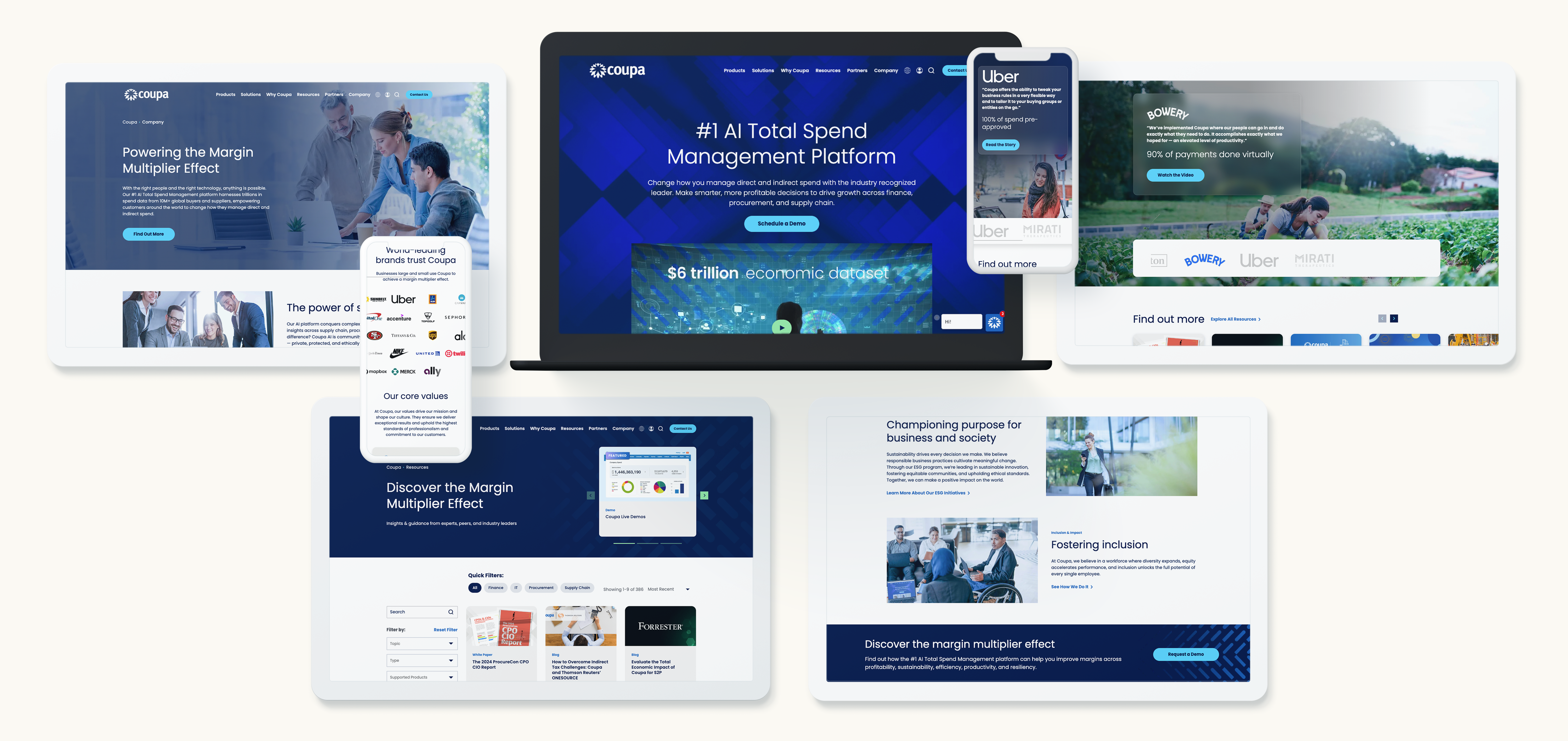
From Aesthetics to ROI: Measuring the Emotional Impact of Design
Emotional design can be measured through engagement metrics. Key indicators include:
- Bounce rate and time on page
- Form submissions and content downloads
- Scroll depth and navigation patterns
- Brand recall from surveys or heat maps
User testing and analytics help validate which design choices foster trust and guide action. Well-crafted design becomes not just creative but an engine for conversion.
Designing with Emotion and Intention with Bluetext
Design that sells is intentional. Every color, curve, and layout choice should align with the emotions you want your audience to feel and the actions you want them to take.
At Bluetext, we combine behavioral insight, design strategy, and creative execution to craft experiences that engage emotionally and perform strategically. From color psychology to motion design, we help brands create digital experiences that look great and close deals.
Ready to design with purpose and emotion? Contact Bluetext to build experiences that inspire trust, guide perception, and drive measurable results.
In an era of endless claims and digital noise, trust has become the most valuable currency in B2B marketing. Buyers aren’t swayed by bold statements—they’re persuaded by proof. And few forms of proof are as powerful as a well-crafted customer story. But here’s the catch: most brands stop at testimonials when they should be building case studies that sell.
Transforming a testimonial into a data-backed, story-driven sales asset requires more than a glowing quote. It’s about combining narrative, numbers, and design to show—not just tell—the value your solution delivers.
Let’s explore how to elevate your case studies into strategic marketing tools that convert.
From Testimonials to Case Studies: Moving from Opinion to Evidence
A testimonial tells what a customer felt. A case study shows what a customer achieved. That difference—between emotion and evidence—is what separates validation from persuasion.
Modern B2B and GovCon buyers are analytical by nature. They want to know how your solution performs under pressure, scales in real-world environments, and delivers measurable outcomes. Case studies make that possible by structuring the story around three key elements: the challenge, the solution, and the results.
When you frame customer success through that lens, you turn anecdotes into actionable proof. The emotional resonance remains, but it’s supported by logic, structure, and credibility.
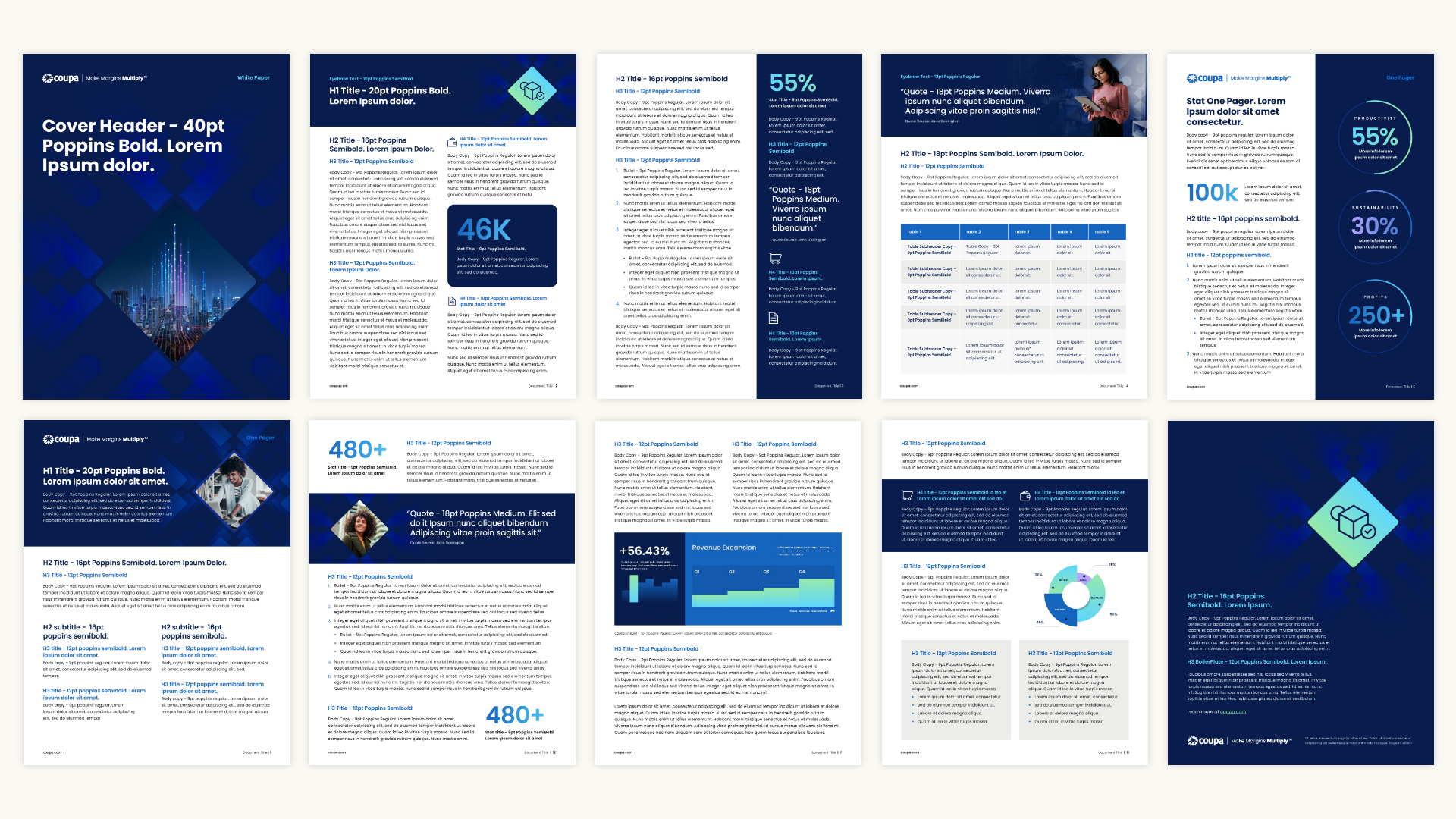
Building a Narrative That Converts
Even in technical markets, the most memorable stories follow a simple arc—conflict, resolution, transformation. Effective case studies tap into that psychology.
Start by setting the stakes. What was at risk for your client? What problem did they need to solve? Then, position your brand as the guide—not the hero—that helped them overcome it.
Keep the focus on outcomes, not features. Replace jargon with human language, and use real customer quotes to add authenticity. When possible, complement your narrative with before-and-after visuals or timelines to illustrate progress.
A case study that reads like a story doesn’t just inform—it engages.
Back It Up with Data: Turning Stories into Proof
Narrative sparks interest; data seals the deal. Quantifiable results transform your story from “feel-good” marketing into credible, performance-based proof.
Include concrete metrics like:
- Percentage improvements (efficiency, adoption, or satisfaction)
- ROI or cost savings
- Productivity gains or error reductions
- Implementation timelines
Even if you can’t share proprietary numbers, relative metrics (e.g., “a 40% faster deployment”) still carry weight.
Visualizing that data through motion graphics, charts, or infographics helps audiences process information faster and remember it longer. A single animated stat can often communicate more than a paragraph of text.

Motion Design and Multimedia: Bringing Stories to Life
Today’s audiences don’t just read case studies—they watch, scroll, and interact with them. Adding video or motion design transforms your story into an experience.
Video case studies allow prospects to see and hear real customers explain how your brand made an impact. Motion graphics can simplify complex technical results and visually demonstrate transformation.
Platforms like LinkedIn, YouTube, and your own landing pages are ideal for distributing multimedia case studies. In GovCon and enterprise tech, this format is particularly effective—showing authenticity through real people and real impact builds credibility faster than text alone.
Packaging Case Studies for Sales Enablement
A great case study isn’t just a marketing asset—it’s a sales tool. But to be useful, it has to be modular, visual, and easy to share.
Create short, scannable versions with key stats and quotes for presentations or proposals. Tag each case study by industry, solution type, or agency vertical so sales teams can quickly pull the most relevant stories.
Repurpose sections into one-pagers, slide decks, and short-form videos. The goal: make it effortless for your sales and BD teams to bring your success stories into conversations with decision-makers.
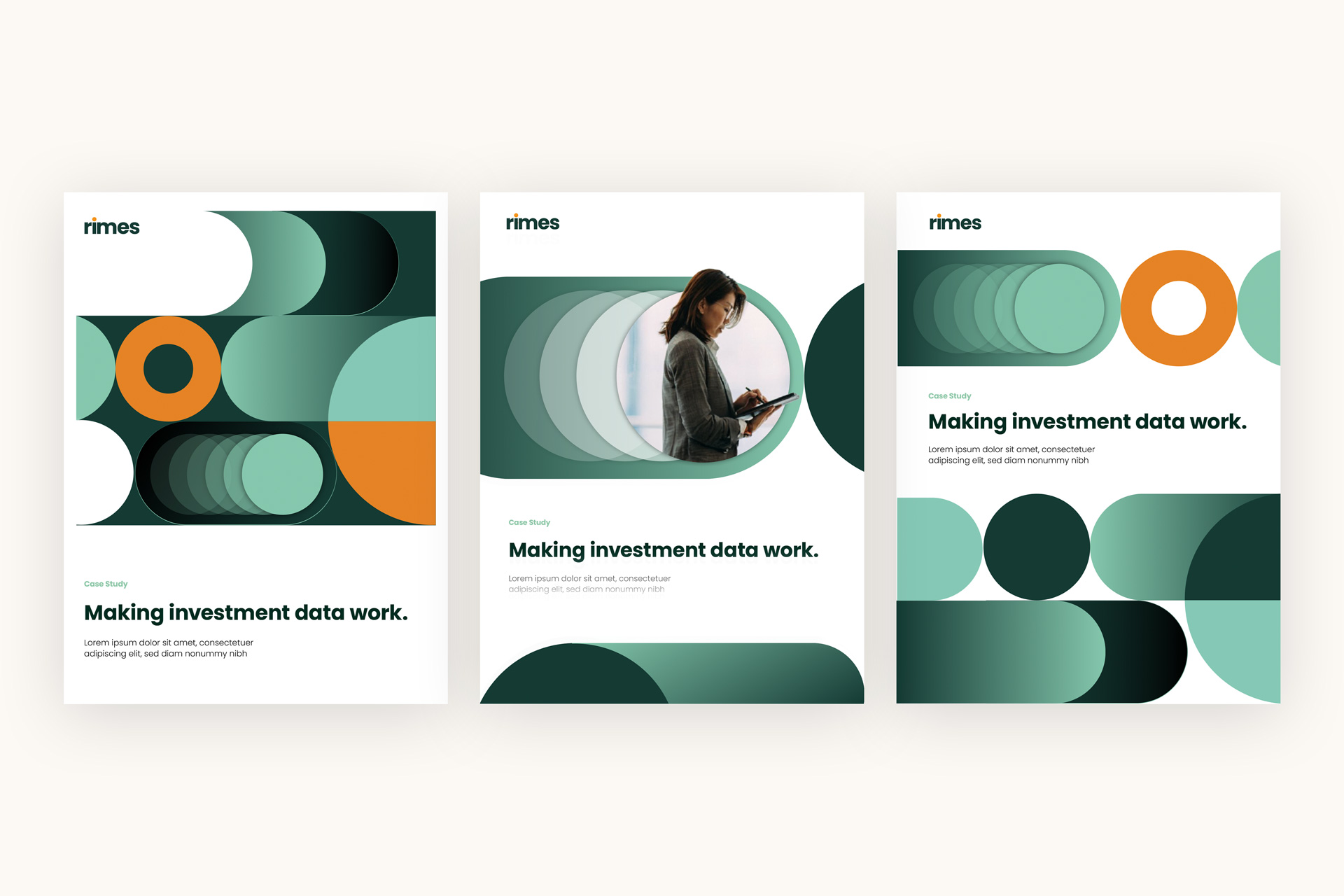
Turning Success Stories into a Scalable Content Engine
The best part about a strong case study? It’s not a one-and-done asset—it’s a foundation for future content.
From one customer story, you can generate:
- A blog post highlighting key takeaways
- A short testimonial video for social media
- An infographic or data card for proposals
- A feature in your next email campaign
When done right, case studies become a self-sustaining engine of credibility—one that consistently reinforces your brand’s expertise and builds momentum across digital channels.
Elevate Every Story with Bluetext
At Bluetext, we help brands transform their customer success stories into conversion-driven marketing tools. Our team combines strategic storytelling, motion design, and data visualization to create case studies that build trust and drive results.
If you’re ready to turn your testimonials into sales tools that actually sell, connect with Bluetext to get started.
If you’re a government contractor, you know SAM.gov is a must. It’s the gateway to doing business with the federal government, the baseline requirement for eligibility, and a compliance necessity. But here’s the hard truth: being listed on SAM.gov alone does not make you a competitive strategy. In today’s federal procurement landscape, a modern digital presence is just as critical as your contract vehicles.
Your website, social presence, and digital credibility often speak louder than a registration number. Procurement officers, prime contractors, and agency decision-makers increasingly research vendors online before reaching out. Simply put, SAM.gov tells them you exist—but your digital brand tells them why they should care.
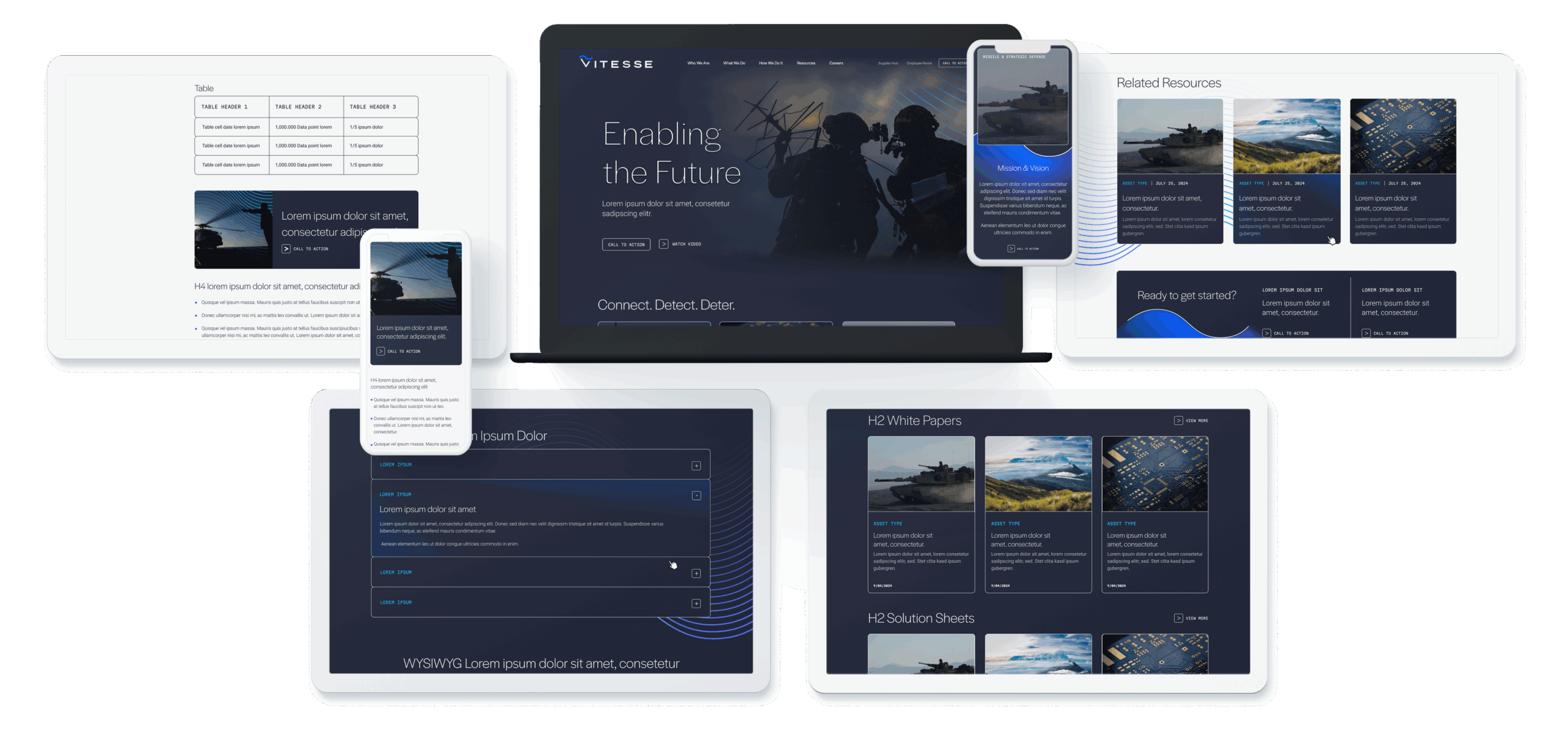
The Modern GovCon Buying Journey Has Changed
The federal buying journey has evolved. Buyers don’t wait until an RFP drops to assess potential partners—they research online, attend virtual events, and review thought leadership long before formal procurement processes begin.
Consider this: more than 70% of B2B buyers—federal included—conduct online research to vet potential vendors. They evaluate websites, social media profiles, and digital content to judge credibility and capability. A contractor with a strong digital footprint signals readiness, expertise, and reliability in ways that a SAM.gov listing simply cannot.
In essence, the playing field has shifted. Eligibility is required. Visibility and trust are differentiators.
The Problem with Relying on SAM.gov Alone
SAM.gov is static. It lists entities and contract vehicles but does not communicate value propositions, innovation, or performance history. Agencies don’t use SAM.gov to discover new vendors—they use it to verify credentials.
This leaves a gap: contractors who rely solely on SAM.gov may be invisible during early research stages. Two vendors could hold identical GWACs or IDIQs, yet the one with a polished website, active thought leadership, and consistent social presence will stand out. The question isn’t whether you’re compliant—it’s whether you’re compelling.
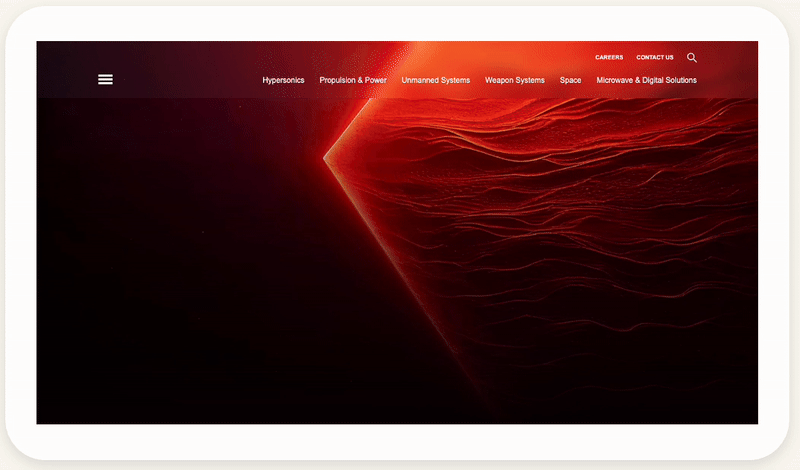
Digital Best Practices for GovCon Brands
Investing in your digital presence is no longer optional. Here’s how contractors can elevate their digital strategy:
1. Modernize Your Website
Think of your website as your digital contracting office. It should be clear, credible, and user-friendly. Include:
- Capabilities statements and case studies
- Contract vehicles and certifications
- Team and leadership profiles
- Mobile-friendly design and Section 508 compliance
A strong site demonstrates professionalism and operational readiness, making it easier for decision-makers to trust you.
2. Tell a Clear Brand Story
Your brand story sets you apart. Focus on:
- Mission alignment and impact
- Differentiators beyond contract numbers
- Visuals and messaging tailored to federal audiences
A concise, compelling narrative makes your brand memorable and positions you as a thought leader, not just a vendor.
3. Build a Thought Leadership Engine
Content is credibility. Develop insights on procurement trends, modernization efforts, or technical innovations. Publish blog posts, white papers, or LinkedIn articles that show your expertise. Position executives as industry voices to build trust and influence early-stage research.
4. Leverage SEO and Paid Media Strategically
Optimized digital content helps buyers and partners find you. Focus on:
- Keywords relevant to federal procurement and your niche (e.g., “cybersecurity modernization contractor”)
- Targeted paid campaigns to reach agency decision-makers and prime contractors
- Conversion tracking tied to forms, downloads, or event registrations
SEO and paid media extend your visibility beyond SAM.gov, helping you compete for attention where research starts.
5. Strengthen Digital Credibility
Consistency matters. Maintain a professional brand across your website, LinkedIn, industry directories, and proposals. Highlight contract vehicles, certifications, and partnerships. Incorporate testimonials or case summaries to validate performance. Every touchpoint should reinforce that your brand is capable, reliable, and mission-focused.

Measuring Digital Maturity in GovCon Marketing
Digital success is measurable. Key metrics include:
- Website traffic and engagement from federal IP ranges
- Inbound inquiries from teaming partners or agencies
- Search visibility for capability-specific terms
- Content engagement and social impressions among government audiences
Analytics not only track outcomes—they inform iteration. By understanding how your digital presence resonates, you can optimize content, adjust messaging, and enhance brand impact.
Visibility That Wins Beyond SAM.gov
A strong digital presence translates to tangible benefits:
- Attract more teaming partners: Primes prefer vendors who look ready and capable online.
- Stand out in market research: Agencies notice brands that demonstrate expertise through thought leadership and compelling messaging.
- Shorten capture cycles: Clear, accessible, and credible content reduces friction during evaluation and decision-making.
Investing in digital strategy ensures that your SAM.gov listing becomes more than compliance—it becomes the starting point for a living, breathing brand that signals competence and trustworthiness.
How Bluetext Helps GovCon Brands Stand Out
At Bluetext, we specialize in branding and digital marketing for government contractors. We help organizations:
- Refresh their brand identity and positioning
- Build websites that communicate capabilities and credibility
- Develop thought leadership programs and content strategies
- Optimize digital visibility for federal audiences
Our clients don’t just meet eligibility requirements—they stand out, engage buyers early, and compete effectively in a crowded federal marketplace.
Ready to go beyond SAM.gov? Contact Bluetext to modernize your digital presence and position your brand for growth in government contracting.
In today’s attention economy, brands don’t have minutes—or even seconds—to make a first impression. Studies show that people form an opinion about a brand in as little as seven seconds. In the fast scroll of digital content, those moments are everything. Whether it’s a homepage hero animation, a LinkedIn video, or a product teaser, your audience is deciding almost instantly if your story is worth their time.
For B2B marketers, that might sound like a challenge built for consumer brands. But the truth is, short-form storytelling isn’t just for B2C anymore. It’s a powerful tool for any brand trying to connect quickly, authentically, and memorably.
Why Seven Seconds Defines Modern Storytelling
The “seven-second rule” has its roots in psychology: humans are wired to make snap judgments based on limited information. Online, that instinct translates into how quickly we process design, tone, and motion. Research from Microsoft found that average attention spans have dropped to around eight seconds—and that number continues to shrink as content becomes denser and more competitive.
For B2B audiences, the challenge is no different. Executives, engineers, and decision-makers scroll through the same feeds as everyone else. The first few seconds of your message determine whether your brand earns their curiosity—or disappears into the noise.
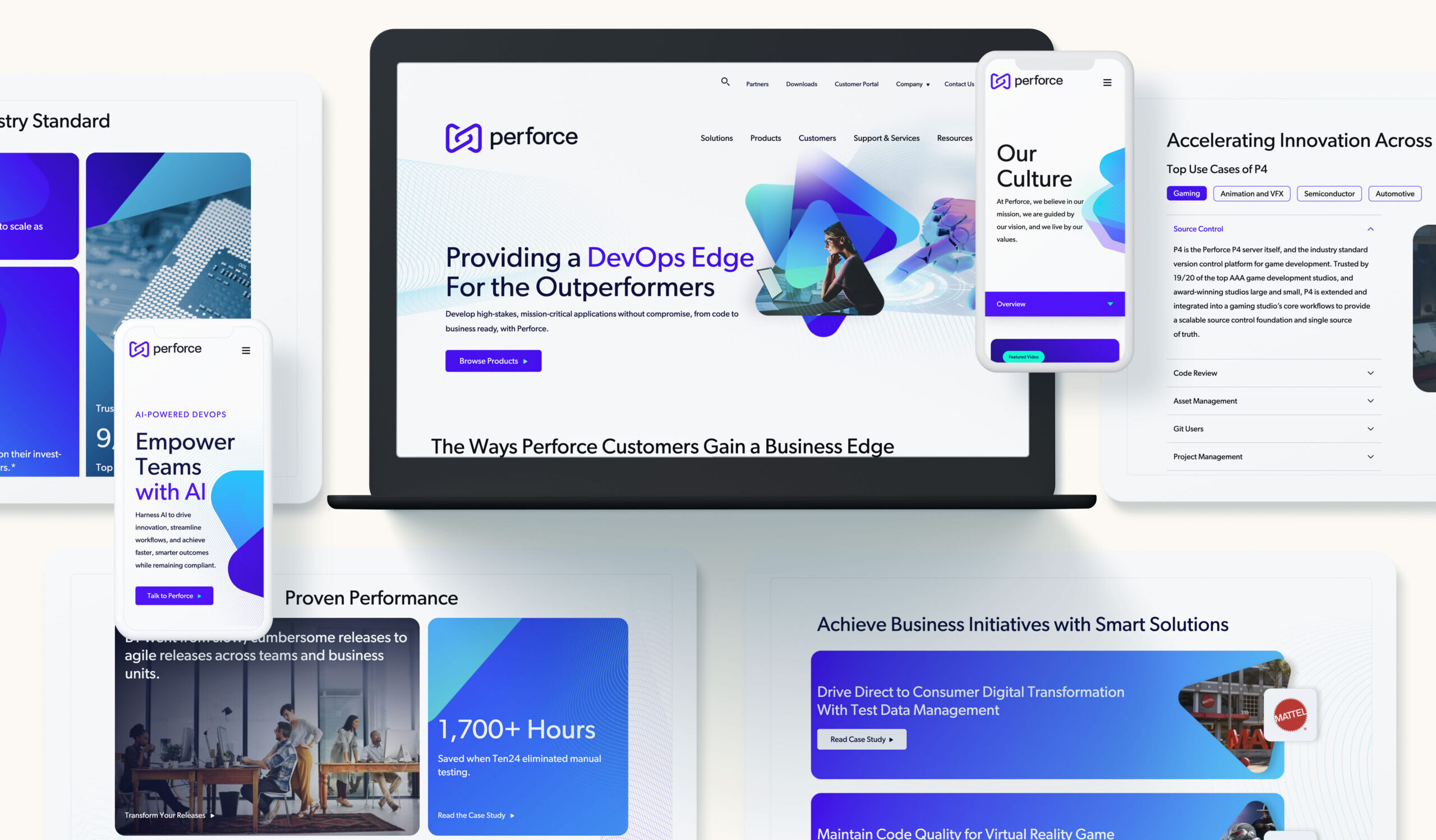
The Psychology of First Impressions
In marketing, first impressions are rarely rational. They’re emotional. Psychologists refer to this phenomenon as “thin-slicing”—our ability to infer meaning or intent from very brief experiences. That means your audience is forming opinions based on visual language, color, typography, motion, and tone before they even process your words.
Emotion plays a defining role. A confident, clear intro evokes trust. A cluttered or ambiguous message signals confusion. Effective storytelling doesn’t overwhelm—it distills your essence into something instantly relatable. That’s why brands like Salesforce, HubSpot, and AWS build consistency across their visual and verbal identities—so even a fleeting encounter leaves a lasting imprint.
The Anatomy of a 7-Second Story
A great seven-second story has three simple components:
- The Hook (1–2 seconds):
Capture attention immediately. This could be a bold visual, a powerful statement, or an emotional cue. Think of the opening frame as the first handshake. - The Message (3–4 seconds):
Clearly communicate what your brand does—or more importantly, what it stands for. Focus on outcomes, not features. For example, “Transforming secure communication for government agencies” tells a clearer story than “Leading provider of encrypted software solutions.” - The Emotion (final 1–2 seconds):
Leave your audience with a feeling—confidence, curiosity, inspiration. This emotional residue is what drives recall and future engagement.
The best intros work like visual haikus: compact, evocative, and unmistakably yours.

Why Short-Form Isn’t Just for B2C
Short-form content once belonged to consumer marketing—fashion, entertainment, lifestyle. But as digital behaviors converge, B2B brands have realized that storytelling fundamentals are universal. A CIO watching a 15-second explainer or a 7-second brand teaser is still responding to the same cues as a consumer: authenticity, clarity, and emotion.
LinkedIn has become a showcase for this shift. Brands like Adobe, Deloitte, and Accenture use short-form storytelling to communicate complex ideas in digestible bursts. Even government-focused organizations are using microvideo and motion design to explain big ideas—like modernization, cybersecurity, or innovation—without losing their audience halfway through a paragraph.
Short-form storytelling doesn’t replace thought leadership or long-form content. It amplifies it. Those seven seconds open the door to deeper engagement down the funnel.
Crafting Impactful Short-Form Brand Stories
So how do you actually tell a brand story in seven seconds or less? Start by zooming out before you zoom in.
- Lead with your core narrative, not your product. What do you stand for? What problem do you exist to solve? Those answers drive emotion far better than a feature list.
- Translate your brand pillars into micro-moments. Identify visual or verbal cues that instantly signal who you are—whether it’s a tagline, tone, or recurring motif.
- Design for silence. Many short-form videos autoplay without sound, so ensure your story works visually. Captions, motion, and typography should all do the heavy lifting.
- Script for attention. Every frame should earn its place. Use visual pacing and rhythm to maintain energy without overwhelming.
- End with action. Even a subtle CTA—like “Learn how” or “Discover what’s next”—can turn a passing glance into measurable engagement.
At Bluetext, we often say: great stories don’t start big, they start clearly. When you can express your value in seven seconds, everything after becomes easier.
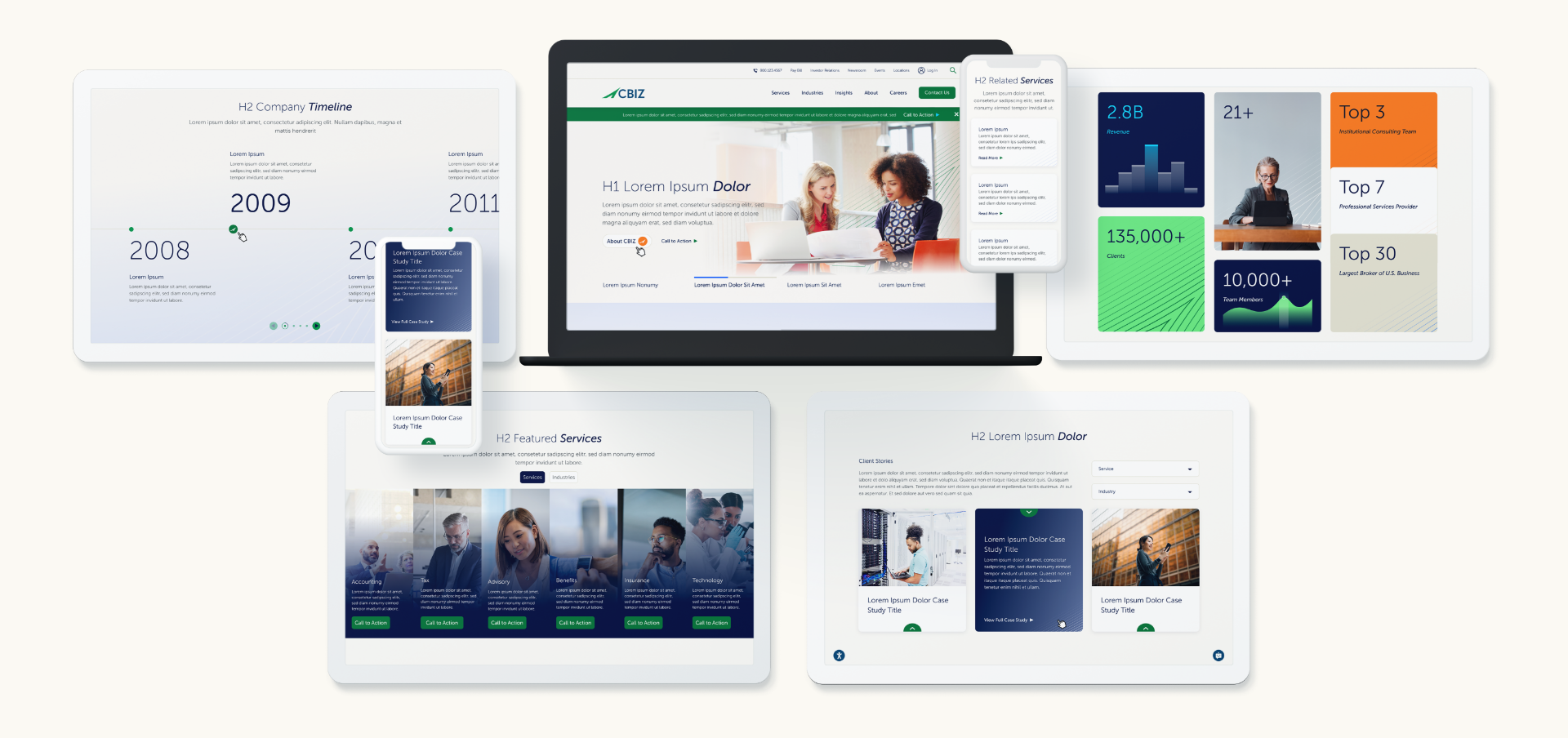
Measuring the Impact of Fast Storytelling
In short-form storytelling, every second counts—and so does every data point. The most telling metrics aren’t just views, but view-through rates, retention curves, and engagement quality.
If your audience consistently drops off after three seconds, the hook may need refinement. If your completion rates are high but conversions lag, your CTA might be misaligned.
Use A/B testing to experiment with visuals, copy, and structure. Even small adjustments—a color shift, a headline tweak, a new voiceover—can yield dramatic differences in audience retention. Over time, data reveals not just what works, but why it works.
From Seven Seconds to Lasting Impressions
Seven seconds might define the beginning of your brand story—but the goal is to make that story last. Every short-form asset should connect seamlessly to the larger narrative: your website, your campaigns, your brand voice. When those micro-moments align, they build recognition, trust, and ultimately conversion.
Short-form storytelling isn’t a trend—it’s the new language of brand communication. For organizations that embrace it, seven seconds isn’t a limit. It’s an opportunity.
Ready to Capture Attention in Seconds?
At Bluetext, we help brands turn fleeting moments into powerful connections. From short-form video and motion design to integrated storytelling campaigns, we craft strategies that resonate instantly—and endure long after the scroll.
Contact Bluetext to see how your brand can make every second count.
